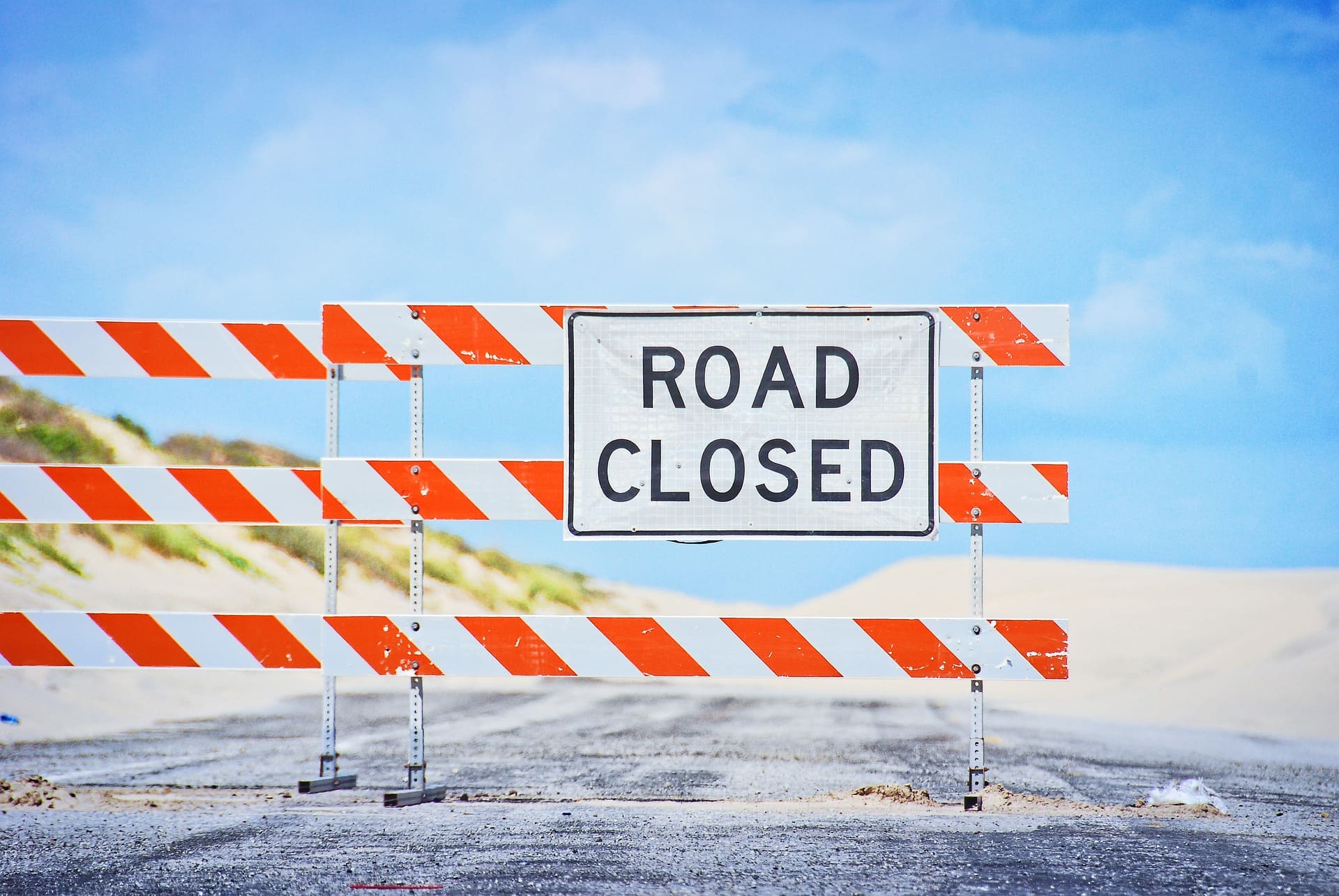
The Evolution of Road Signs in the UK: Their Current Meanings and Changes Over Time
Road signs play a crucial role in ensuring safety on the roads, helping to guide both drivers and pedestrians. They warn of hazards, indicate the need to adhere to rules, and facilitate efficient traffic flow. Without them, chaos on the roads would be inevitable.
The history and evolution of road signs is a fascinating topic that demonstrates how transportation systems have changed and how signs have adapted to new requirements.
By examining their development, we can better understand why road signs remain so important and relevant today. In the context of rapid technological advancements, digitalization, and an ever-increasing flow of vehicles, road signs must also change to meet new demands. They are becoming more interactive, visible, and informative to align with the conditions of modern roads.
As vehicle traffic increases and the number of road users—whether motorists, cyclists, or pedestrians—grows, safety requirements are heightened. This is why knowledge of road signs and an understanding of their meanings is extremely important. They not only regulate traffic but also play a significant role in reducing accident rates, which is especially critical in densely populated urban areas and on highways.
In the future, road signs will continue to adapt to the times, integrating new technologies for safer and more convenient travel.
The History of Road Signs in the UK
The history of road signs in the UK is rich and engaging, closely tied to the development of transportation infrastructure and society as a whole. The evolution of road signs from primitive markers to modern safety and regulatory signs reflects not only technical progress but also changes in social needs. Each stage of their development represented a response to the challenges of the time—whether it was the rapid increase in the number of vehicles or the necessity to enhance road safety. Studying this history helps us better understand why modern road signs have the form we know today and how they play a crucial role in maintaining order on the roads.
Road Signs in the 19th Century: Early Attempts at Traffic Regulation
In the 19th century, vehicles were much more limited in speed and quantity than they are today. Roads were primarily used for the movement of horse-drawn carts, carriages, and pedestrians. At this stage, road signs served very limited functions—they were simple posts or stone markers indicating the direction and distance to the nearest towns, villages, or important locations. The main purpose of these signs was to help travelers avoid getting lost, but they did not perform any regulatory function for traffic. Additionally, there was no standard for such signs at the time, and their appearance could vary significantly depending on the region or village. These early signs did not warn of potential hazards on the road and did not regulate traffic, as the need for such measures was minimal due to the relatively low speeds of vehicles.
The Emergence of Motor Traffic and the Need for Standardization
The end of the 19th century marked a significant leap in the transportation industry, primarily due to the emergence of the first automobiles. These vehicles allowed people to travel faster and over longer distances, which, in turn, led to new problems on the roads. The high speed of cars compared to horse-drawn vehicles created dangerous situations, making it clear that old methods of wayfinding were no longer sufficient to meet the increased demands. Situations arose on the roads where drivers had difficulty orienting themselves, increasing the likelihood of accidents.
This also meant that signs that merely indicated direction became ineffective in the face of rising traffic. Drivers required clear warnings about sharp turns, hazardous road sections, and other potential threats. However, the lack of standardization in road signs created confusion—each region could have its own signs, further complicating the situation for motorists, especially those traveling long distances.
The Influence of European Countries on the Formation of the UK Signage System
Recognizing the need to modernize its system of road signs, the UK looked to the experiences of its European neighbors. In the early 20th century, countries like France and Germany had already begun implementing standardized road signage systems that included not only directional signs but also warnings about various road conditions and hazards. These countries developed and adopted uniform standards for road signs, which significantly improved road safety and made travel more organized and predictable.
The UK studied these practices and realized that implementing similar measures on its territory could also enhance road conditions. French and German developments laid the foundation for the creation of the first more complex road signs in the UK. The adoption of European standards led to a more logical, comprehensible, and effective British road sign system, positively impacting safety levels.
Adoption of the First Official Road Sign Standards
A significant moment in the history of road signs in the UK was the passing of the Motor Car Act in 1903. This law established the first official standards for road signs in the country. The enactment of this legislation was a crucial step toward creating a unified system of road signs aimed at enhancing traffic safety. The law required local authorities to install warning and information signs on roads with higher levels of danger, providing clear instructions regarding the appearance and placement of such signs.
One of the main achievements of this law was that it laid the groundwork for the subsequent development of the road sign system in the country, making it more organized and standardized. Over time, this system continued to evolve, incorporating new types of signs for various road situations and thereby improving the safety and comfort of road users.
Development and Changes in Road Sign Design
Over time, the design of road signs underwent significant changes, reflecting not only technological progress but also a deeper understanding of ergonomics and usability. These changes affected many aspects, from appearance to manufacturing materials, which directly influenced the durability and visibility of the signs. In their early existence, road signs were quite simple and unremarkable; however, over time, their design became more sophisticated and thoughtful, significantly enhancing road safety and making traffic more orderly.
Additionally, new technologies played a crucial role in improving the materials used for signage, increasing their effectiveness in all weather conditions and at any time of day. Studying this progress allows us to better understand how road signs have become what they are today.
The Impact of Technology and Design on Sign Appearance
With technological advancements, the design of road signs has significantly improved. The introduction of new materials, such as high-strength metals and reflective coatings, has enhanced the visibility of signs even in low visibility conditions, such as at night or during heavy fog.
This was an important step toward increasing road safety, as drivers could recognize signs more quickly and easily, even when traveling at high speeds or in challenging road conditions. Innovations like the use of retroreflective surfaces greatly increased the visibility of signs at night, making travel safer. These technologies also extended the lifespan of signs, reducing the frequency of replacements and maintenance work.
Changes in Fonts, Colors, and Shapes Over Time
Early road signs were relatively simple in design, featuring monochrome colors and rather unremarkable fonts. This often made them difficult to read and understand, especially in low visibility conditions or at high speeds. However, over time, standards were developed and implemented regarding the use of different colors, shapes, and fonts for various types of road signs. For example, the color red and a circular shape became standard for prohibitory signs, triangular signs were chosen for warnings, and blue became the standard for informational signs.
This standardized use of colors and shapes helped make road signs more understandable and easily recognizable for drivers, regardless of their experience or nationality. Additionally, fonts on signs became more legible and larger, facilitating their perception from a distance.
Examples of Signs That Have Retained or Changed Their Meanings
Some road signs have changed little since their introduction and remain largely unchanged today. For example, the "Stop" sign, which is a red octagon, has remained the same for decades. Its recognizable shape and color make it easily distinguishable in any condition, and its meaning remains clear to every driver. However, other signs have undergone significant changes over time, both in appearance and in the meaning they convey.

For instance, signs warning of sharp turns or other hazardous sections of the road have become more visually comprehensible and informative. Their design now takes into account not only the need for warning but also the convenience of quick information processing by drivers, especially at high speeds.
Modern Design Standards and Ergonomics of Road Signs
Modern road signs are designed with the latest principles of ergonomics and scientific research in the field of information perception in mind. Their design considers aspects such as driver reaction speed, environmental conditions, and various factors that influence attention. As a result, contemporary signs often feature minimalist symbols, contrasting colors, and shapes that are easily recognized and understood even in stressful situations.
This is particularly important in heavy traffic or at high speeds, when drivers have only a few seconds to notice, recognize, and react to a sign. These design and ergonomic standards enable the creation of signs that make roads safer and more convenient for all road users, from drivers to pedestrians.
Current Meanings of Road Signs: How to Understand Them
In today's traffic conditions, it is crucial not only to visually recognize road signs but also to interpret them correctly. This contributes to both safe and efficient travel, significantly reducing the likelihood of accidents and other road incidents. The more accurately a driver understands the meaning of a particular sign, the more predictable and orderly the traffic becomes. This is especially important for novice drivers or those frequently in unfamiliar areas, where road conditions can change rapidly. The ability to quickly react to road signs is an essential skill that ensures the safety of all road participants.
The road sign system in the UK is highly organized and divided into several categories. Each category has its unique characteristics related to the shape, color, and purpose of the signs. These differences allow drivers to quickly understand the type of information presented to them at a glance. Such structuring of signs helps improve navigation and enables quick and accurate decision-making.
Main Categories of Road Signs
- Warning Signs: These signs are triangular with a red border and warn drivers of potential hazards ahead. Examples include warnings about sharp turns, road narrowing, or pedestrian crossings. They play a crucial role in preventing accidents by giving drivers the opportunity to prepare for potentially dangerous sections of the road.
- Prohibitory Signs: These signs are circular with a red border. They are used to indicate restrictions and prohibitions, such as speed limits, no overtaking, or no entry. Prohibitory signs help maintain order and organization on the road, reducing the risk of dangerous situations.
- Directional Signs: These signs can be either rectangular or square and provide information about directions, distances to towns, and indications for turns onto major roads. The importance of such signs lies in their ability to help drivers better navigate roads, especially in new and unfamiliar areas.
- Informational Signs: Typically blue with rectangular shapes and white symbols, these signs inform drivers about various services (such as parking or gas stations) and indicate road features, such as motorways. These signs play an important role in facilitating travel, especially on long journeys when a driver needs to find a convenient place to rest or refuel.
Understanding these categories and their visual differences allows drivers to quickly process the information presented by road signs and act accordingly. This is particularly important in unfamiliar areas or adverse weather conditions, where quick reactions may be necessary.
How to Read and Interpret Road Signs
Reading and correctly interpreting road signs play a crucial role in ensuring safety on the road. Each road sign has its own meaning based on its shape, color, and symbols, providing drivers with important instructions and warnings. To avoid misunderstandings, it's essential not only to recognize the sign itself but also to consider its placement on the road and the context in which it is installed. Road signs can warn of approaching hazards, inform about traffic rules, and guide drivers in the right direction. Understanding all these aspects helps navigate complex road conditions and make informed decisions, enhancing safety for both drivers and pedestrians.
Examples of Modern Signs and Their Meanings
Many modern signs are designed with current traffic requirements in mind, reflected in their symbols and purposes. For example, the rise of electric vehicles has led to the creation of specific signs marking charging stations for such vehicles. Additionally, advancements in technology have introduced signs that inform about speed camera locations and areas with emission restrictions. These modern signs help drivers adapt to new safety standards and environmental requirements. Furthermore, the implementation of such signs promotes organized traffic flow and reduces the negative impact of transportation on the environment.
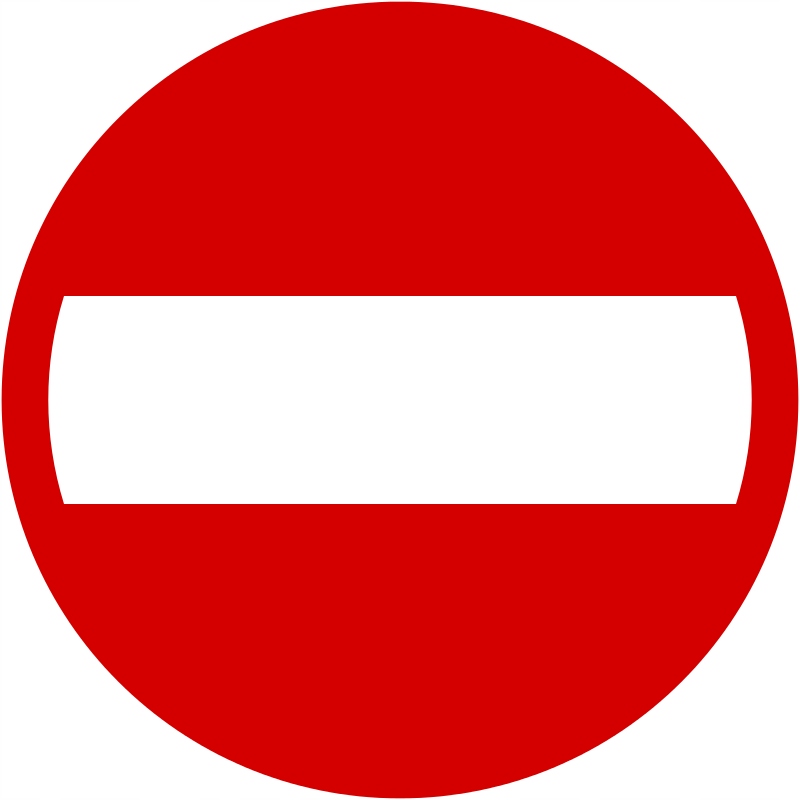
Features of Signs Depending on the Region in the UK
The UK, with its rich cultural heritage, reflects its diversity even in the system of road signs. Depending on the region, there may be unique features in the design of road signs. For instance, in Wales, all signs are duplicated in Welsh, considering the cultural and linguistic characteristics of the region. Similarly, in Scotland, signs in Gaelic can also be found, helping to preserve cultural identity. These regional features assist not only local residents but also tourists in better navigating the roads, enhancing comfort and safety while traveling.
Discussion of Rare and Lesser-Known Road Signs
Not all road signs are widely known or frequently encountered, but their understanding can be crucial in certain situations. In some cases, rare and specific signs help drivers navigate challenging or unusual conditions. Recognizing these signs can significantly enhance road safety, as they alert to dangers that are not typical in an urban environment. Driving in unfamiliar or remote areas requires careful attention to such signs, as they may provide information about risks that drivers may not face in their daily lives.
Examples of Rare Signs and Where to Find Them
Examples of rare road signs include warnings about potential wildlife crossings, particularly relevant for forested and rural roads. For instance, in forest areas of the UK, one can encounter signs warning of deer crossing, while in mountainous regions, signs may indicate freely grazing sheep. These signs are rarely seen in urban areas, but they are important in natural settings, as collisions with animals can lead to serious accidents.
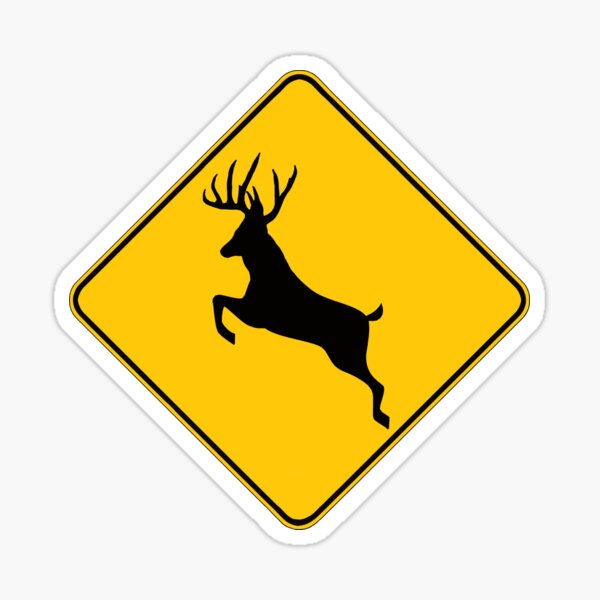
There are also signs warning of low-flying aircraft near aerodromes, as well as signs indicating fords in rural areas with water bodies. Drivers traveling in such areas must be attentive to these signs, as ignorance of their meanings can result in dangerous situations on the road.
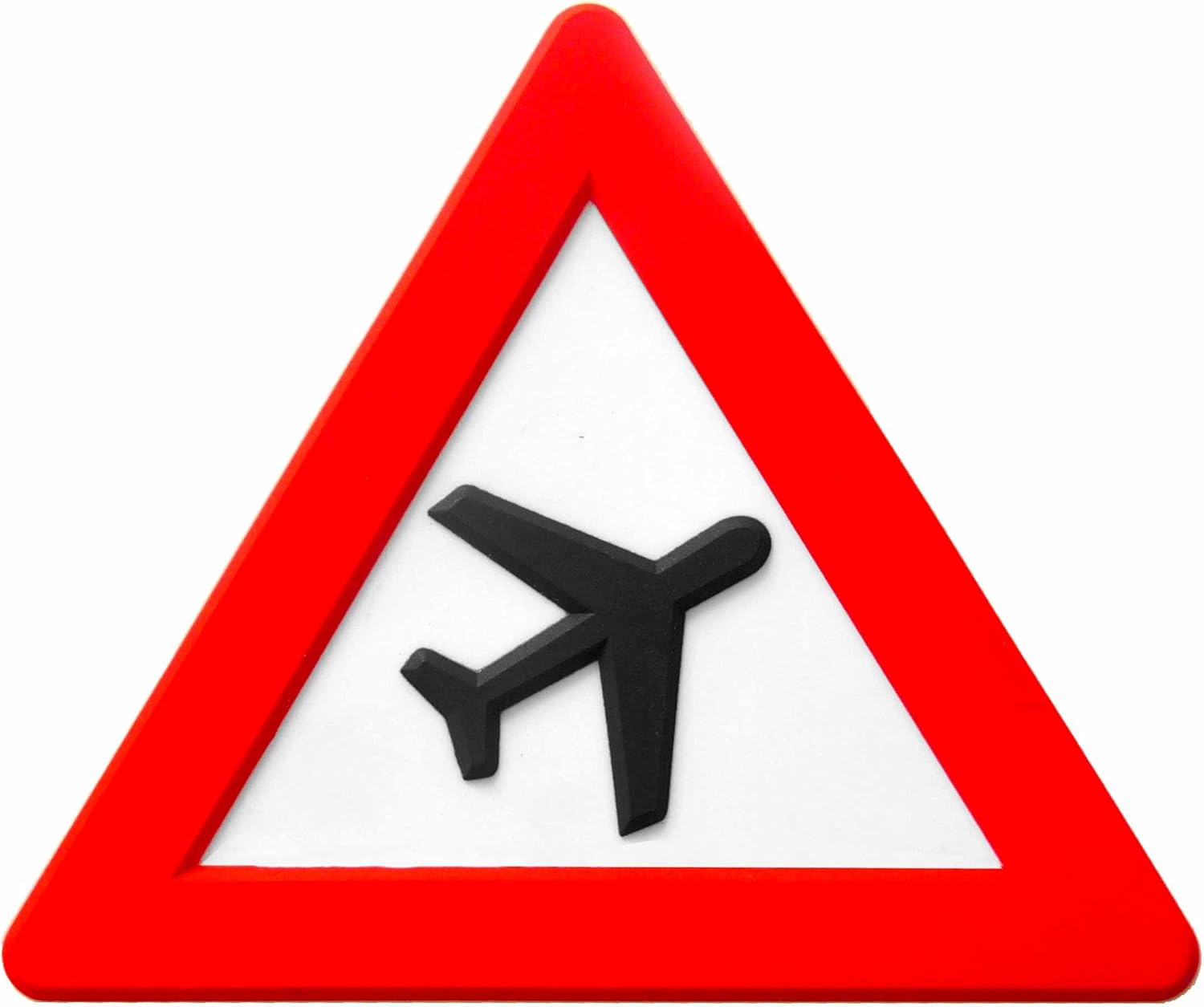
How to Recognize Outdated Signs That Are Still Present
Sometimes outdated signs remain on the roads from previous standards but have yet to be replaced with more modern equivalents. These signs may differ in design and symbolism, yet they still serve their function by warning about important aspects of road traffic. For example, older signs may use different fonts, shapes, or colors, making them less noticeable or understandable to drivers accustomed to updated standards.

However, it's essential to recognize these outdated signs to respond appropriately and avoid violating traffic rules. Even if a sign looks old-fashioned0, its meaning usually remains the same, and ignoring such signs is not advisable. An example is an old sign warning of a sharp turn or a railway crossing, which may look different but conveys the same information.
Situations Where Knowledge of Rare Signs Saves Lives
Understanding rare signs and accurately interpreting them can be critically important for safety on the road, especially in unusual or challenging conditions. For instance, mountain roads often feature signs warning of possible rockfalls. These signs may seem inconspicuous, but they carry crucial information that can help drivers avoid dangerous situations. The same applies to signs warning of potential icy conditions or the need to slow down due to steep descents. In such situations, knowledge of and adherence to these rare signs can prevent accidents and save the lives of drivers and passengers.
How Road Signs Change Based on Technological Innovations
Technological innovations significantly influence the design and functionality of road signs. For example, with the advancement of technology, electronic boards are increasingly seen on roads, which can change information in real time. This allows drivers to receive up-to-date information about traffic jams, weather conditions, speed changes, or road closures. Such signs greatly enhance traffic safety, as they adapt to current conditions and allow drivers to prepare for possible changes on the road in advance.
The Future of Road Signs in the United Kingdom
The introduction of electronic systems and autonomous vehicles heralds significant changes in road infrastructure and sign systems. As technology evolves, these innovations could fundamentally alter the traditional appearance of road signs that we are accustomed to seeing.
Impact of Technology (Electronic Signs, Smart Management Systems)
Electronic signs already play an important role in modern traffic management. They can change information based on conditions, displaying data about traffic jams, accidents, or weather. Combined with smart traffic management systems, this can not only enhance safety but also significantly improve the efficiency of the road network. Electronic boards can automatically adjust speed limits based on traffic intensity, reduce speed in hazardous areas, or redirect drivers to alternative routes.
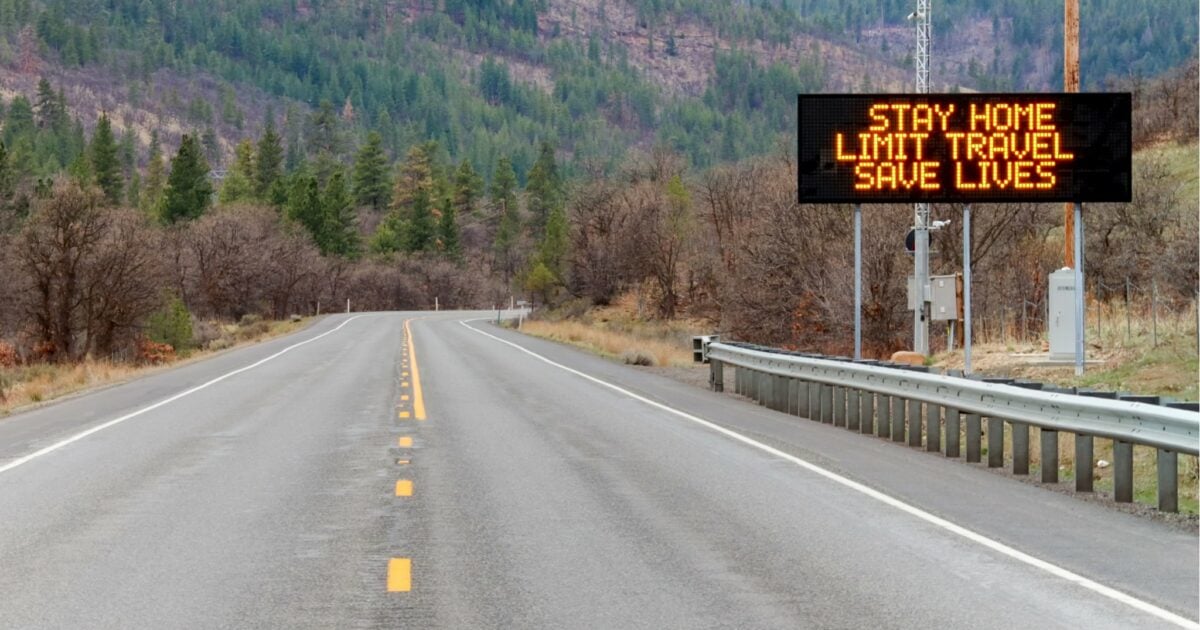
Possible Changes in Legislation and Their Impact on the Sign System
Legislative changes may also accelerate the integration of road signs with digital navigation systems. Drivers will be able to receive information not only from physical signs but also through mobile applications and GPS systems, enhancing data accuracy and reducing the likelihood of human error. This is particularly important in changing road situations, such as temporary restrictions or road repairs.
How Autonomous Vehicles May Affect the Need for Road Signs
Regarding autonomous vehicles, they could fundamentally change the requirements for road signs. Autonomous cars use sensors, cameras, and real-time maps for navigation, making physical signs less necessary. However, during the transition period, while fully autonomous vehicles do not completely replace traditional vehicles, it is important to maintain and update physical signs to ensure the safety of all road users, including pedestrians and cyclists.
Thus, the future of road signs will be closely linked to technological advancements and legislative changes, requiring a flexible approach to their adaptation.
Conclusion
The evolution of road signs in the United Kingdom vividly reflects society's desire to enhance road safety and efficiency. This evolution is the result of continuous updating and improvement of the sign system, which is a key factor in adapting to new technologies, changing conditions, and improving the overall road infrastructure. Understanding the history and current standards of road signs helps drivers and pedestrians not only better understand the rules but also make more informed decisions on the road, significantly reducing the risk of accidents and other adverse situations.
In the modern world, where the number of vehicles and the complexity of road infrastructure are growing, it is especially important for signs to be clear, understandable, and easily perceived. Every change in the design and functionality of road signs aims to create a safer and more comfortable environment for all road users. This includes improving the visibility of signs, using universal symbols and standard colors, as well as implementing new technologies such as electronic boards and intelligent traffic management systems.
In the future, with the development of technologies and the emergence of new types of transport, such as autonomous vehicles and electric vehicles, the system of road signs will continue to change. The introduction of digital technologies may lead to the creation of a more flexible and adaptive sign system that responds to changing traffic conditions in real time. Nevertheless, the primary goal of road signs—to ensure safety and order on the roads—will remain unchanged.
Thus, the evolution of road signs in the United Kingdom represents a complex and multi-layered process aimed at enhancing safety and convenience of movement. This highlights the importance of regularly updating standards and practices to ensure the safety of all road users in a rapidly changing world.
Rate the article











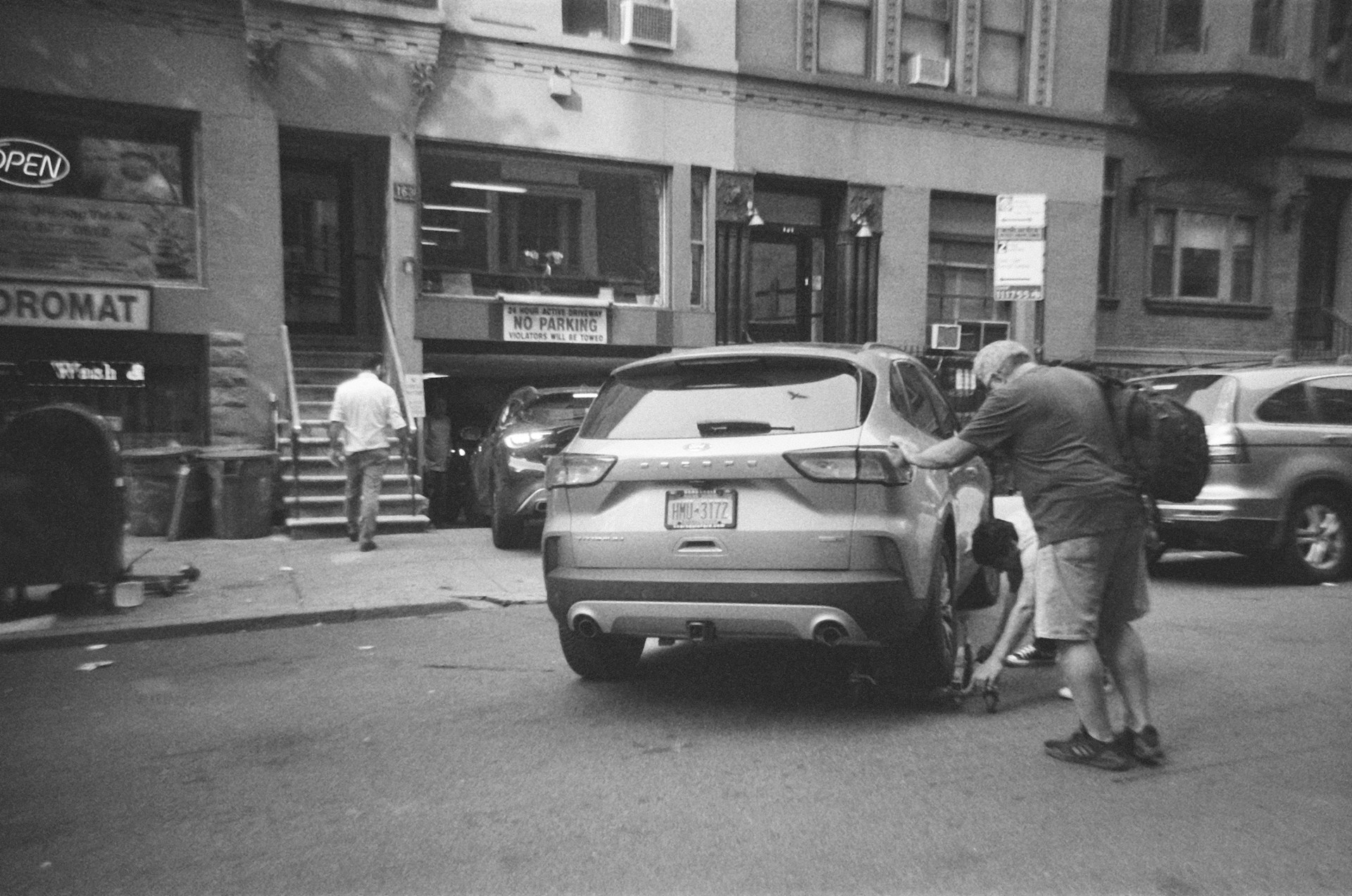




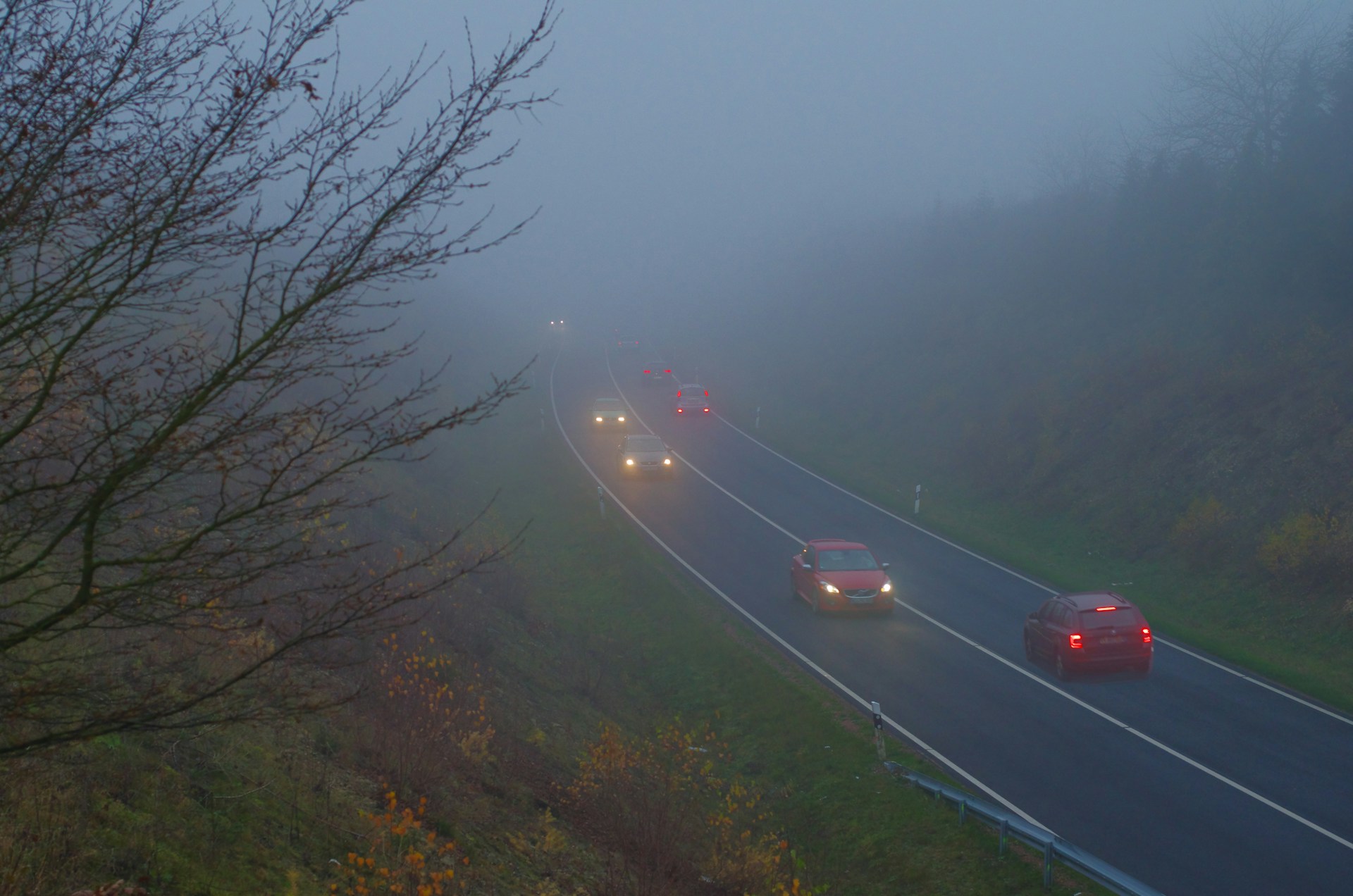







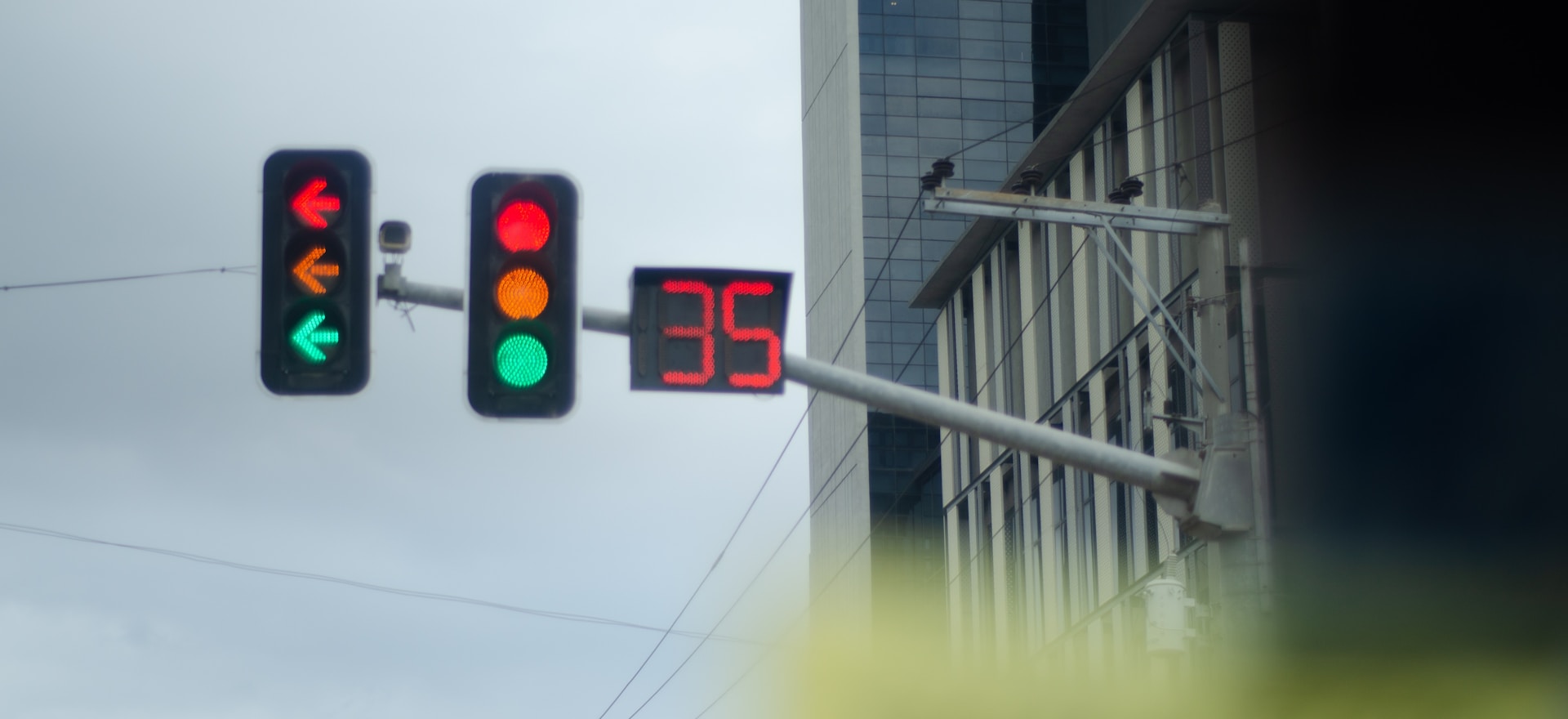


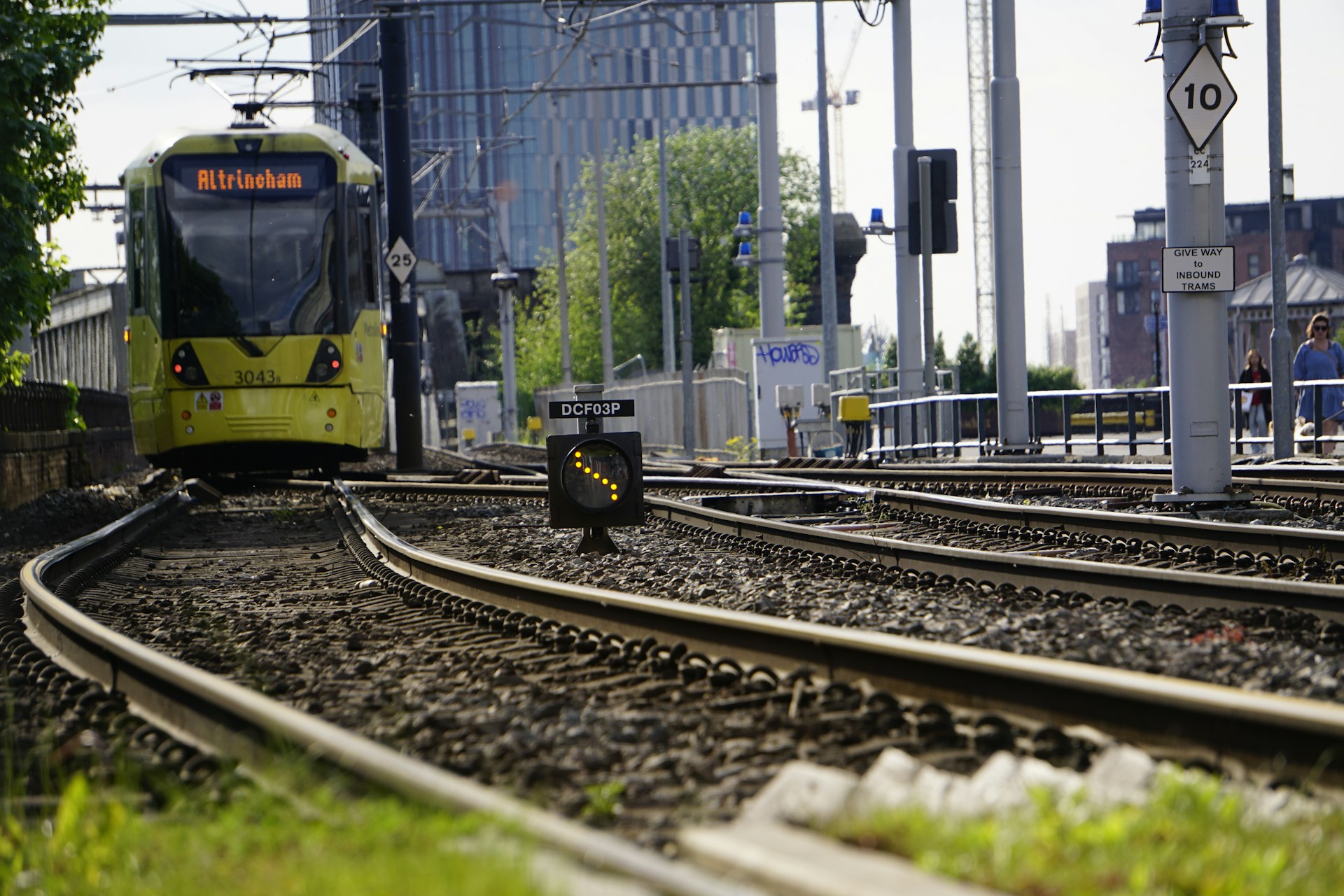
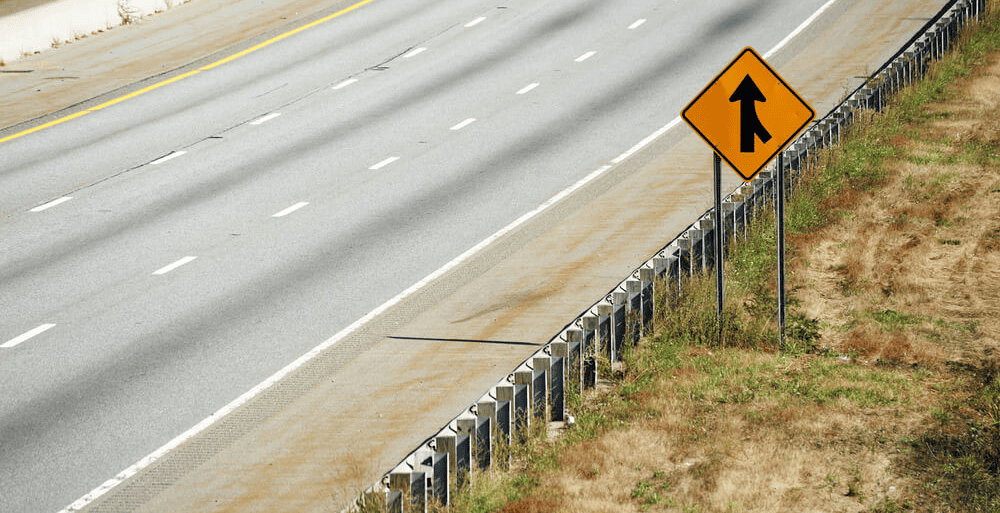




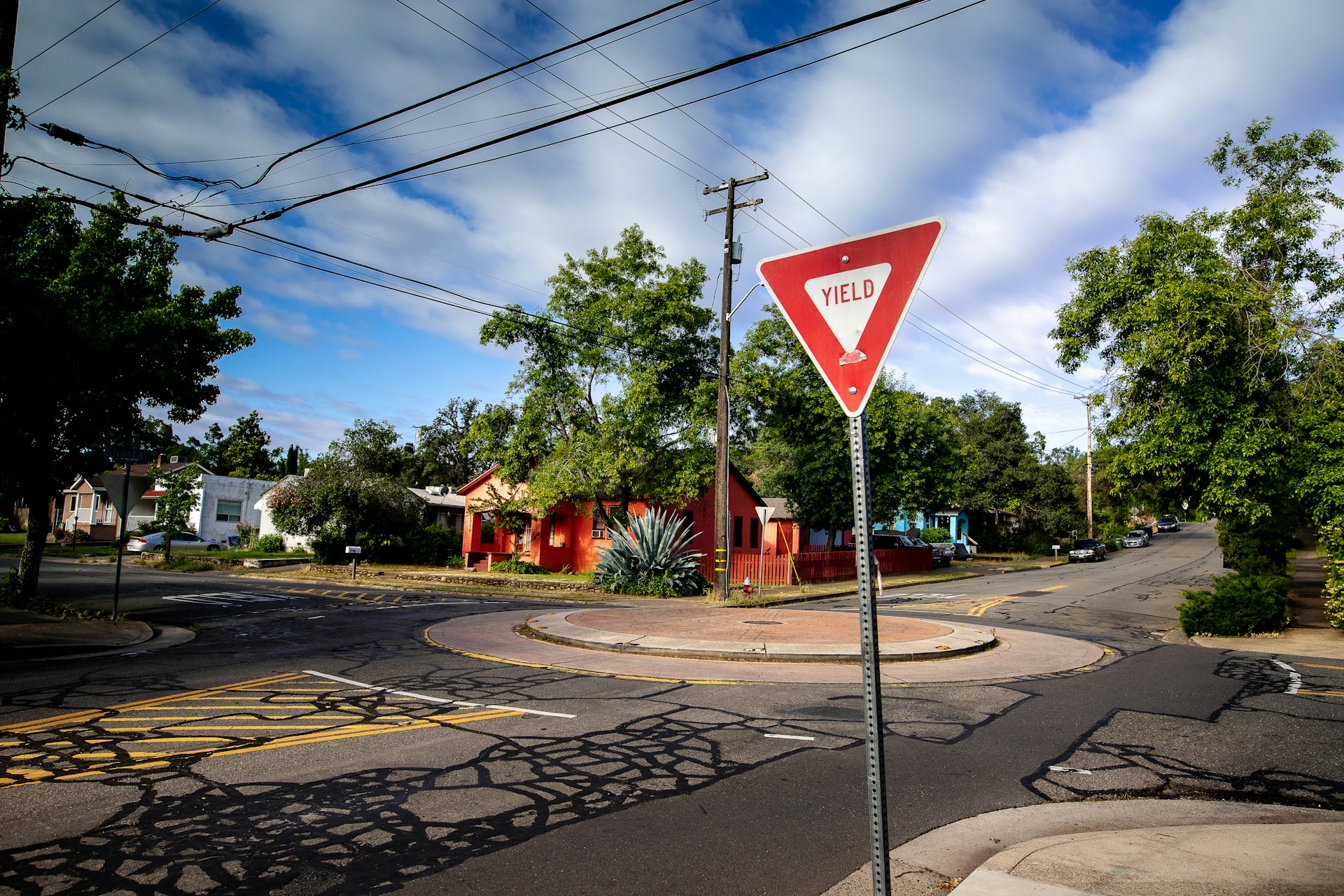






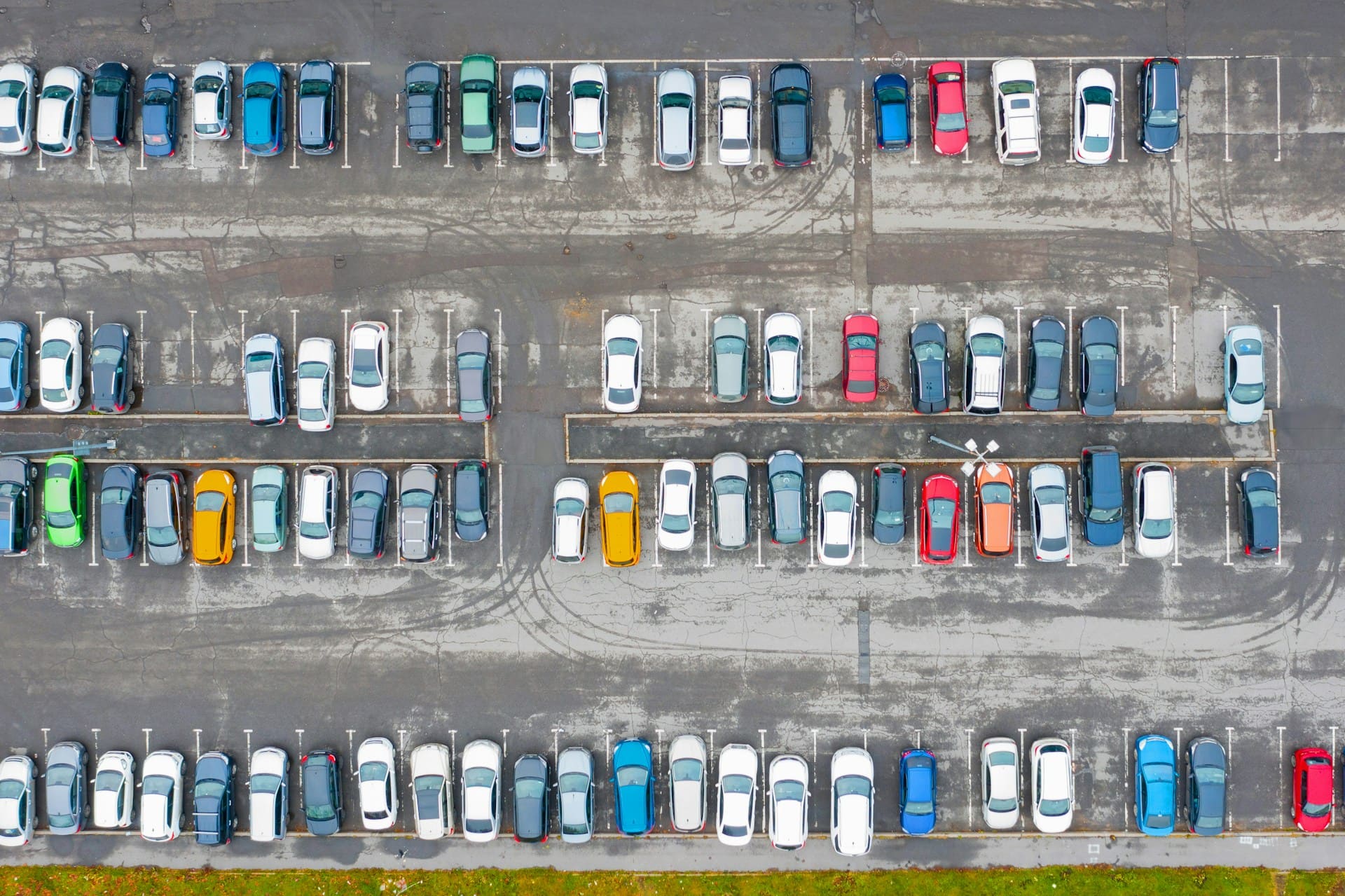
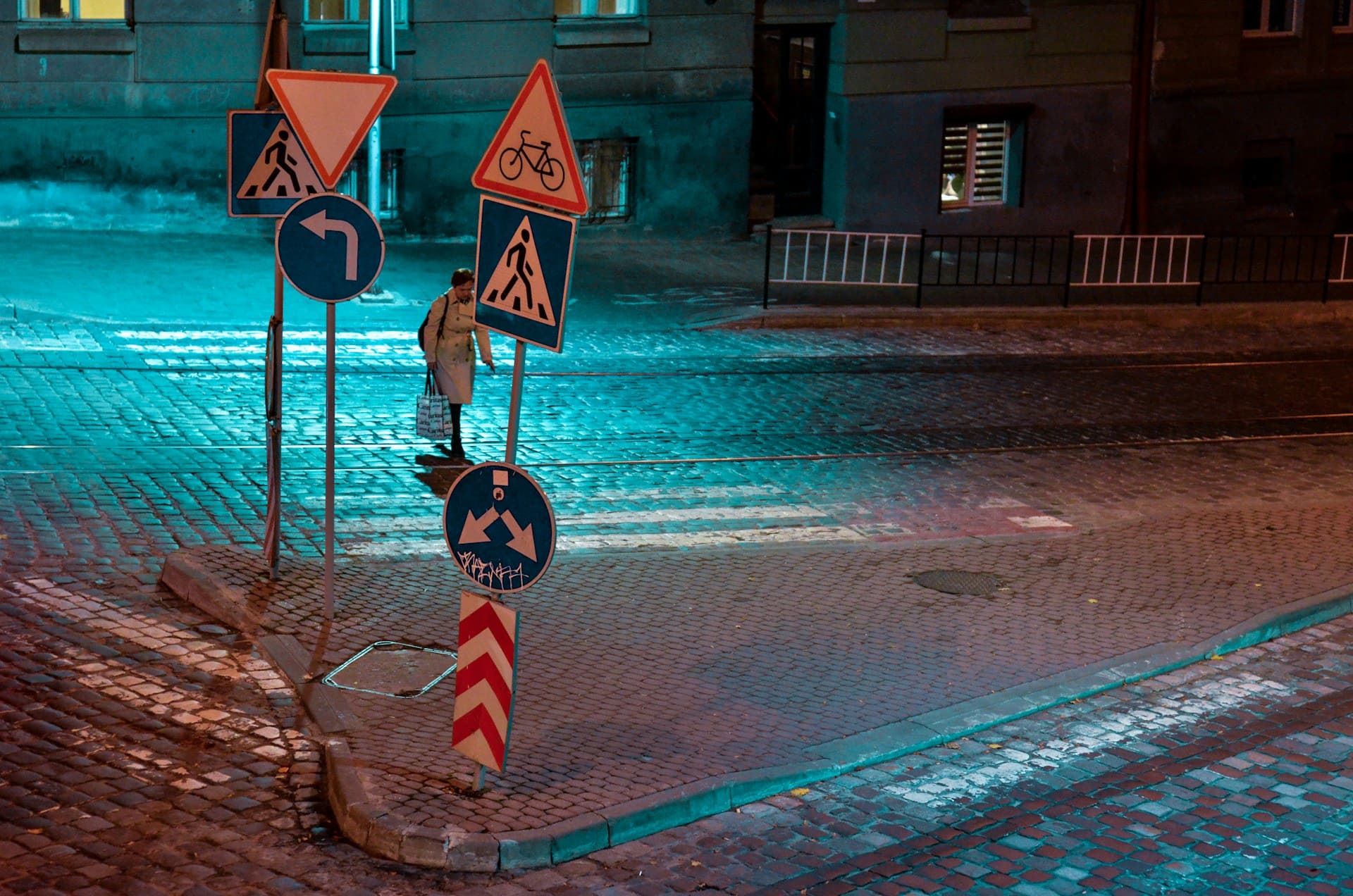

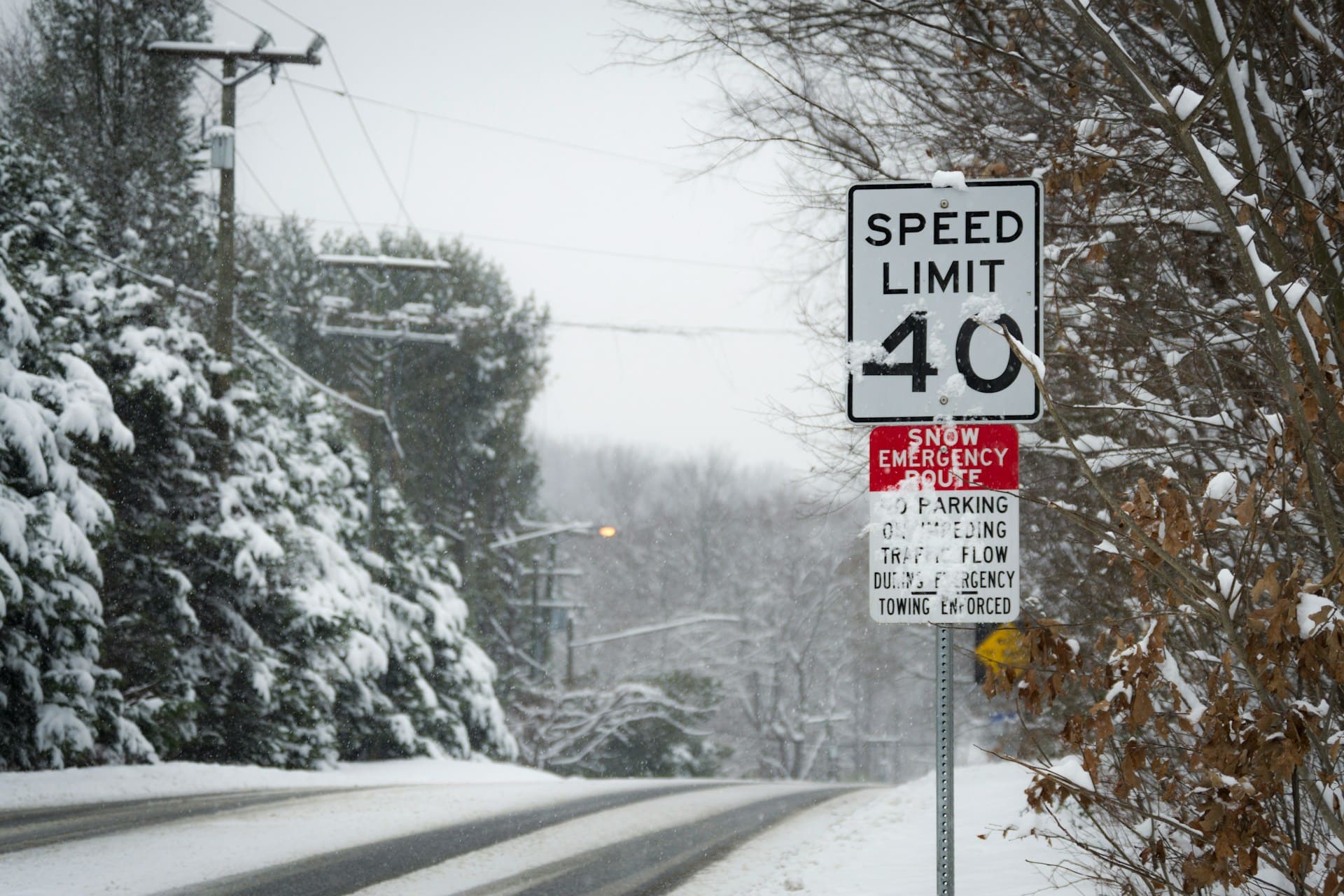









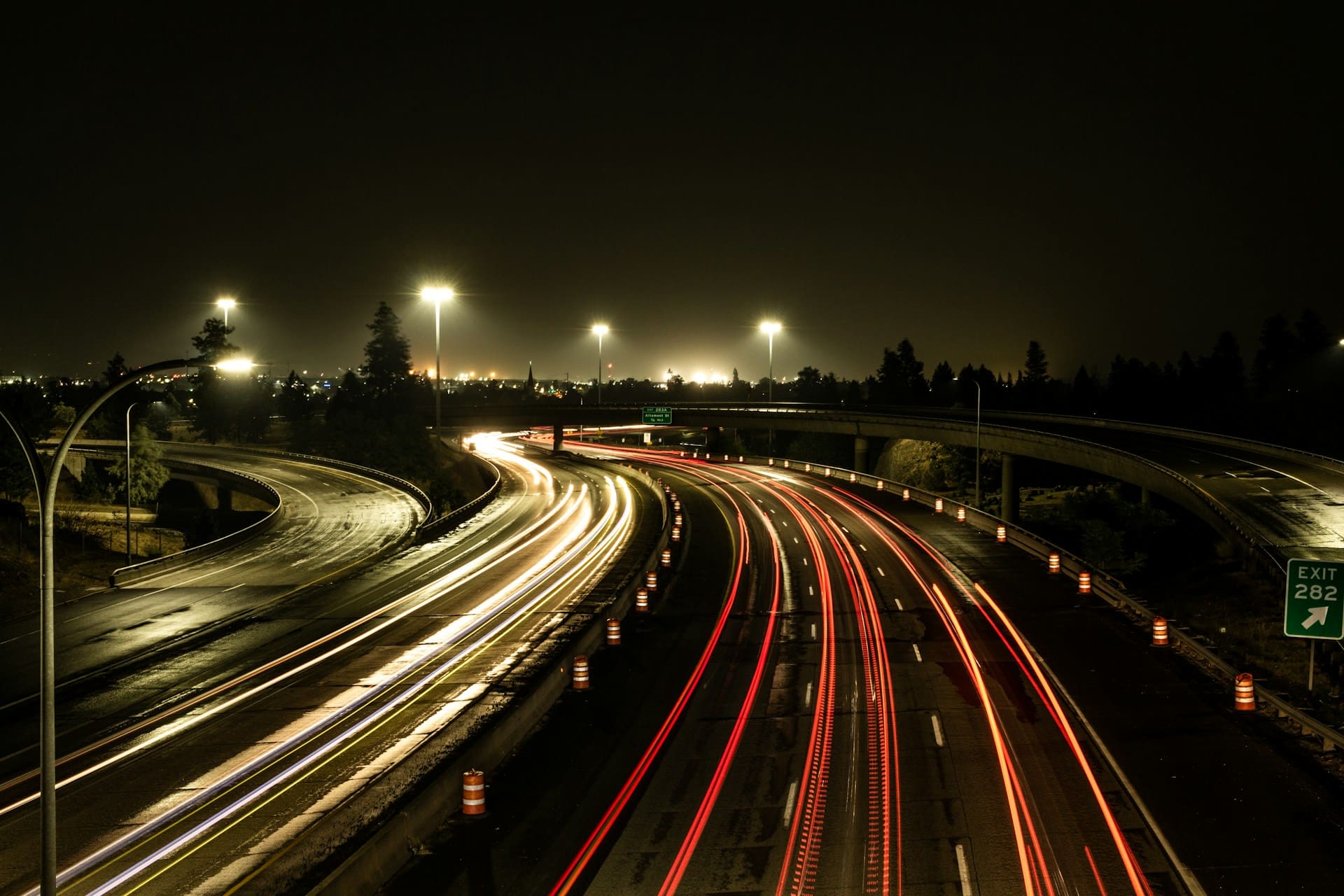



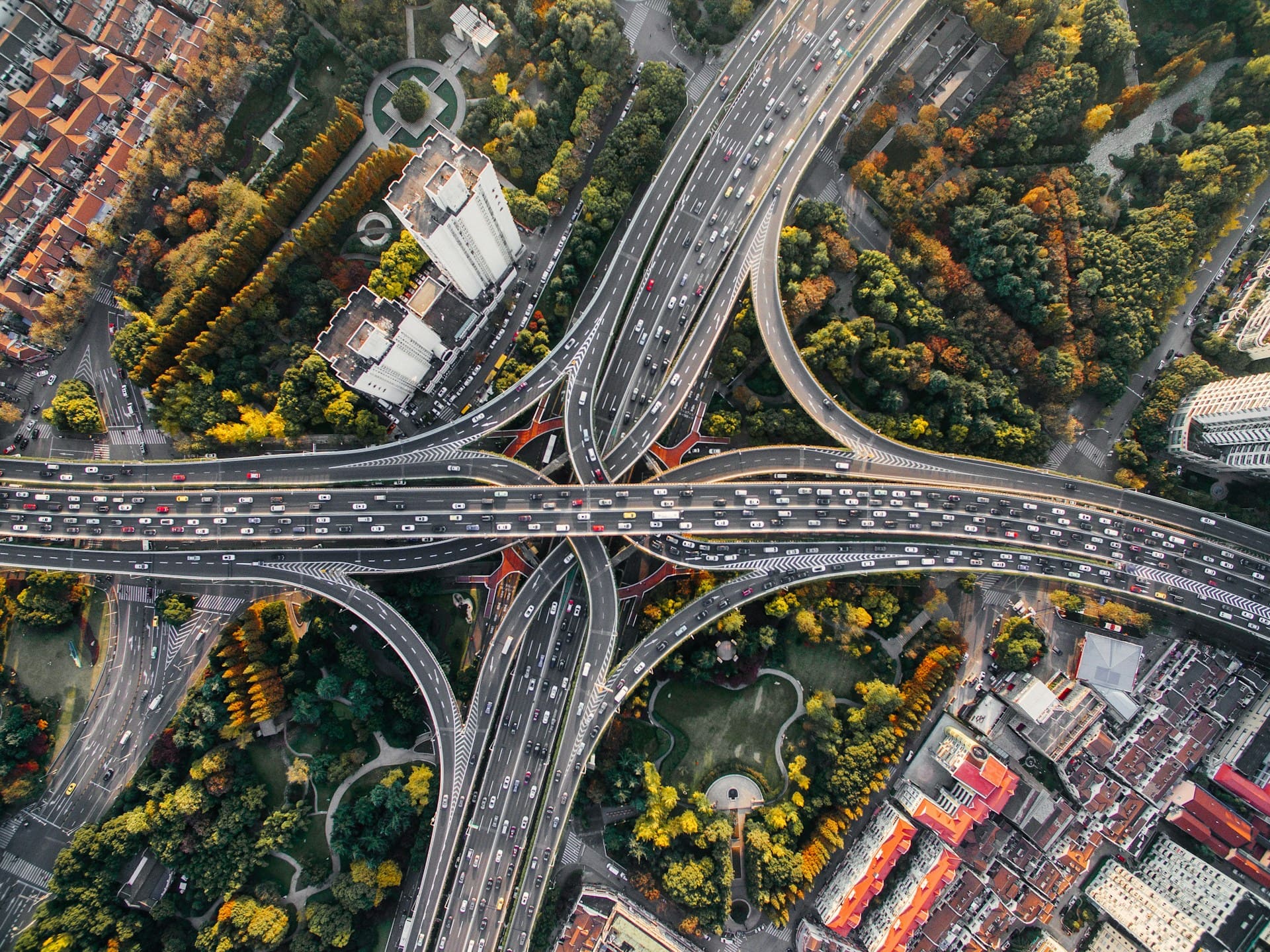
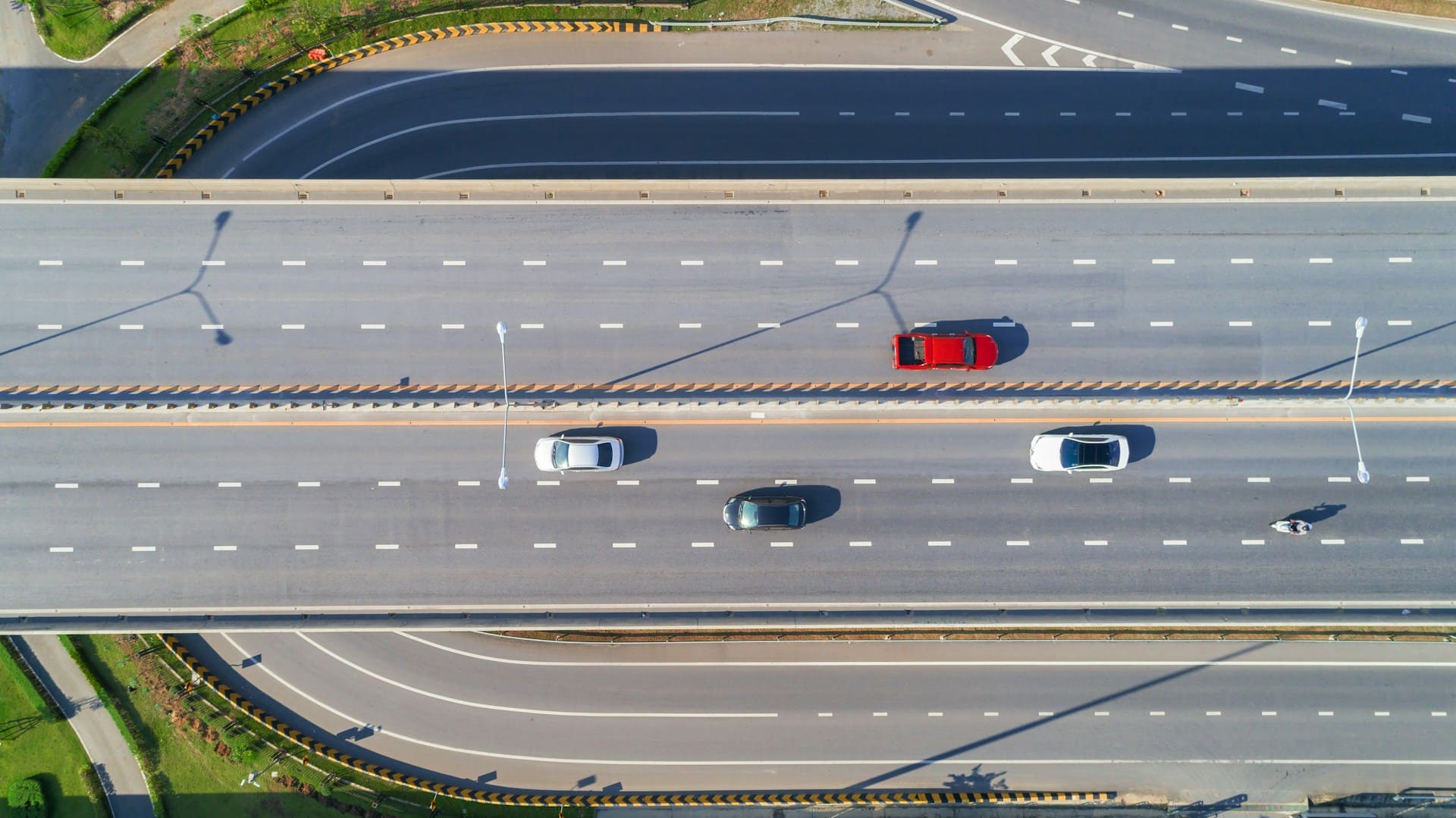




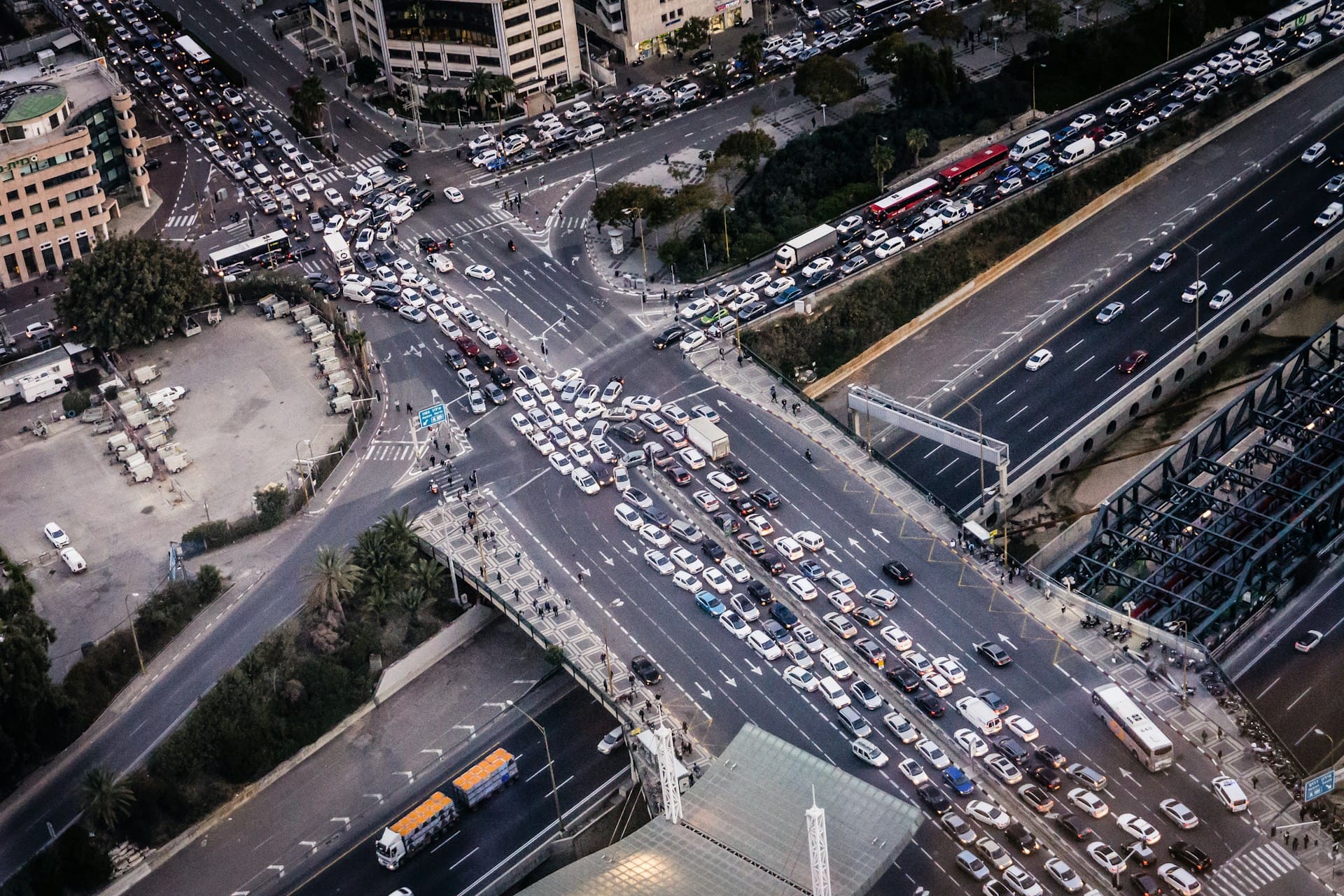






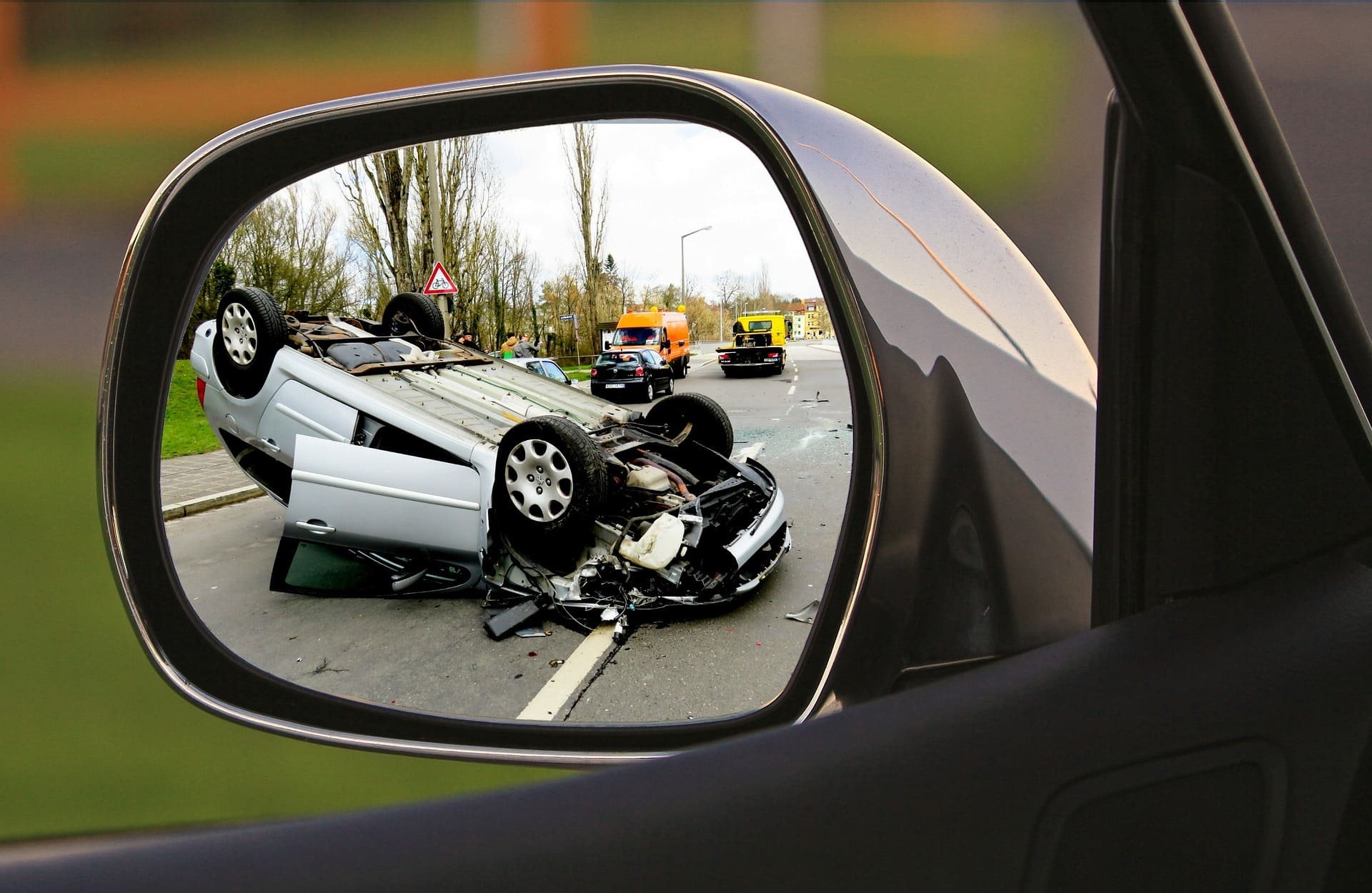







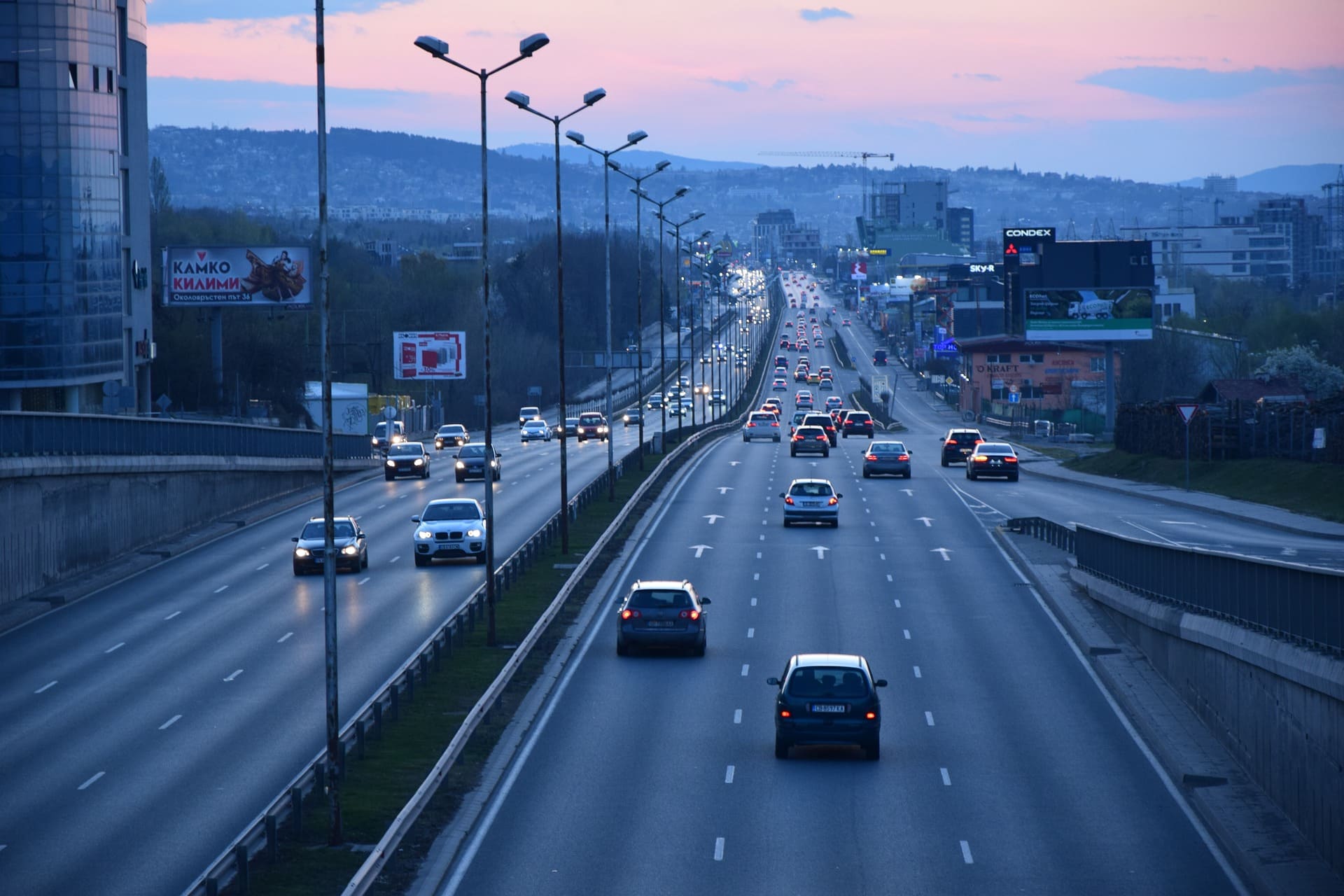


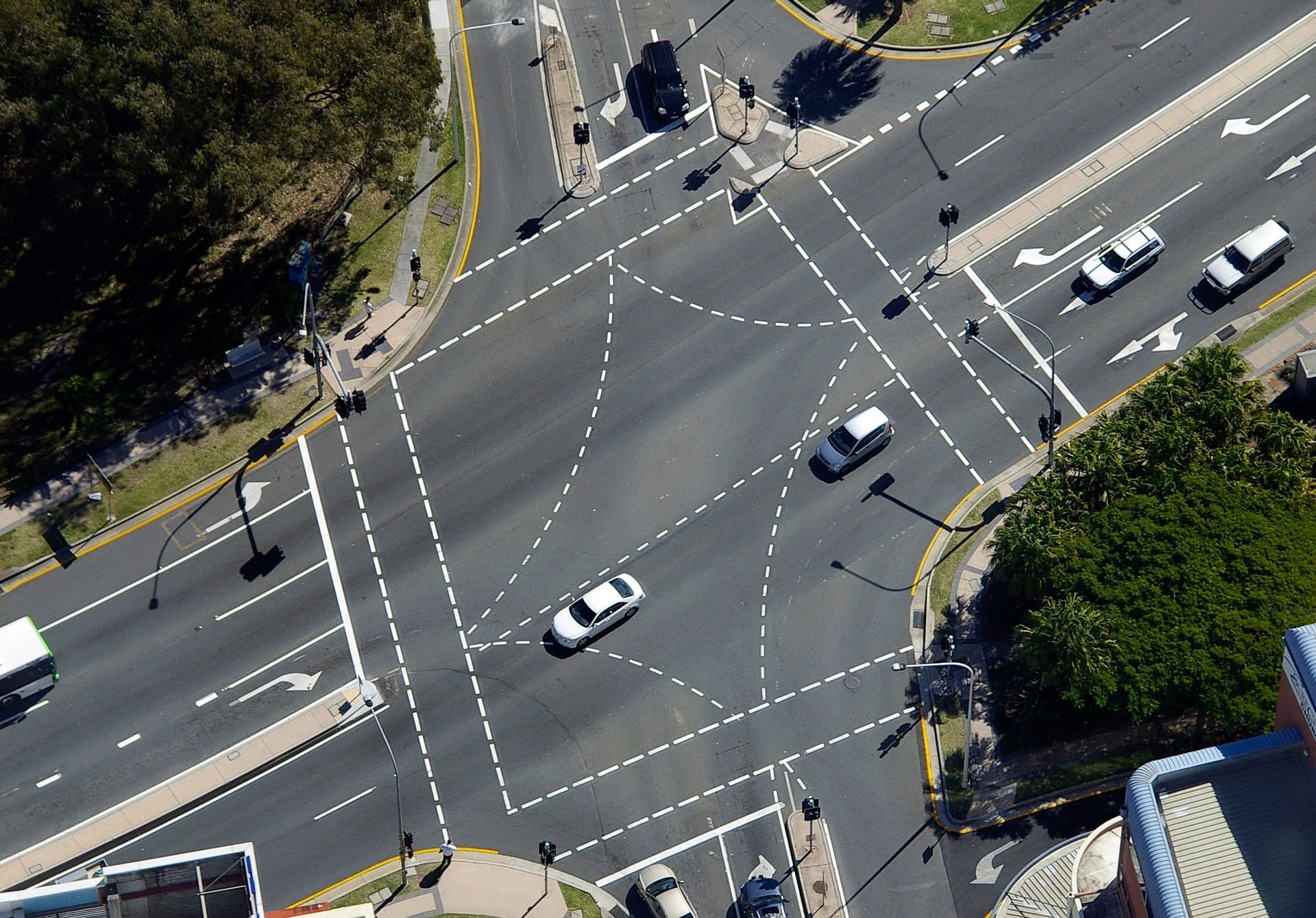
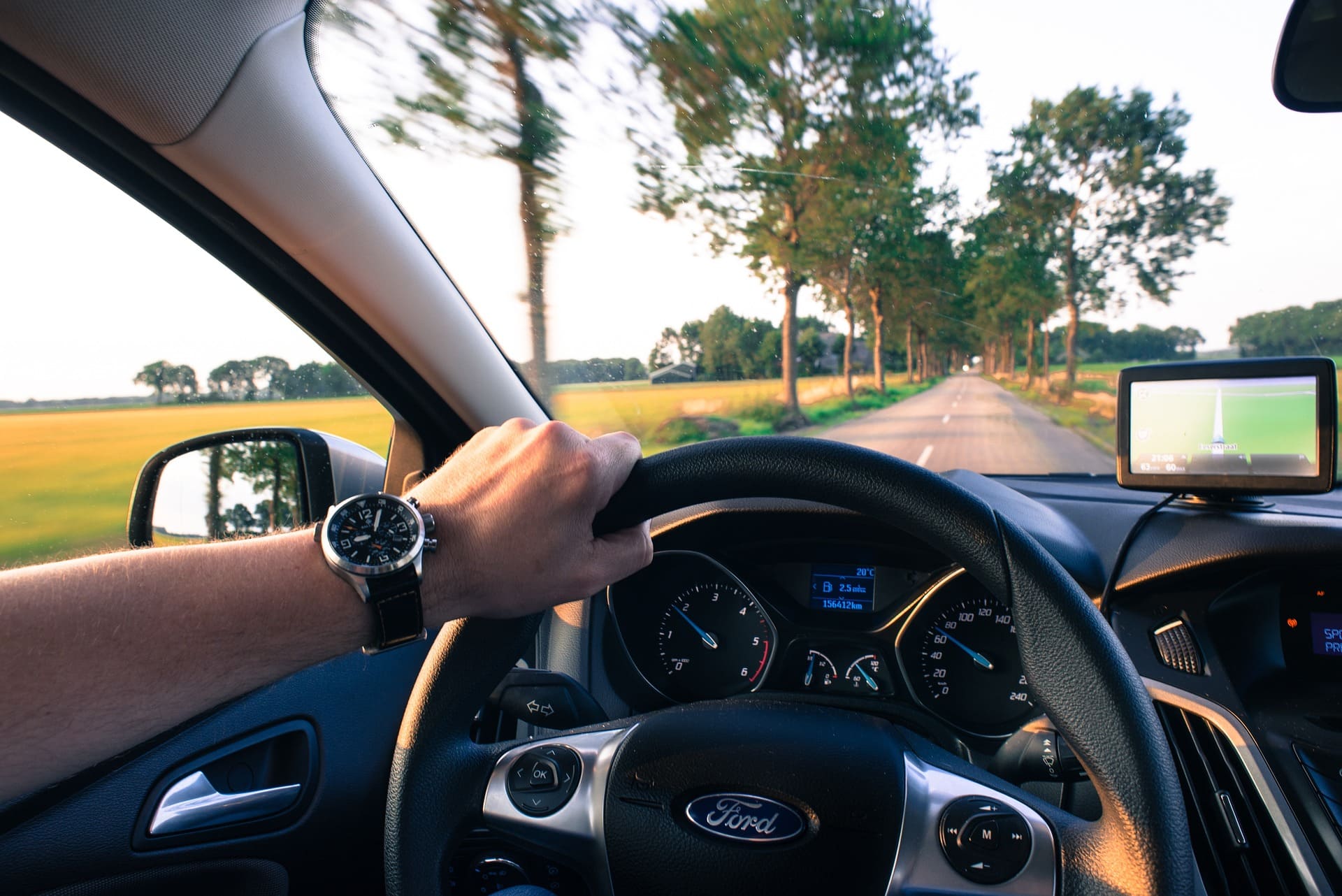








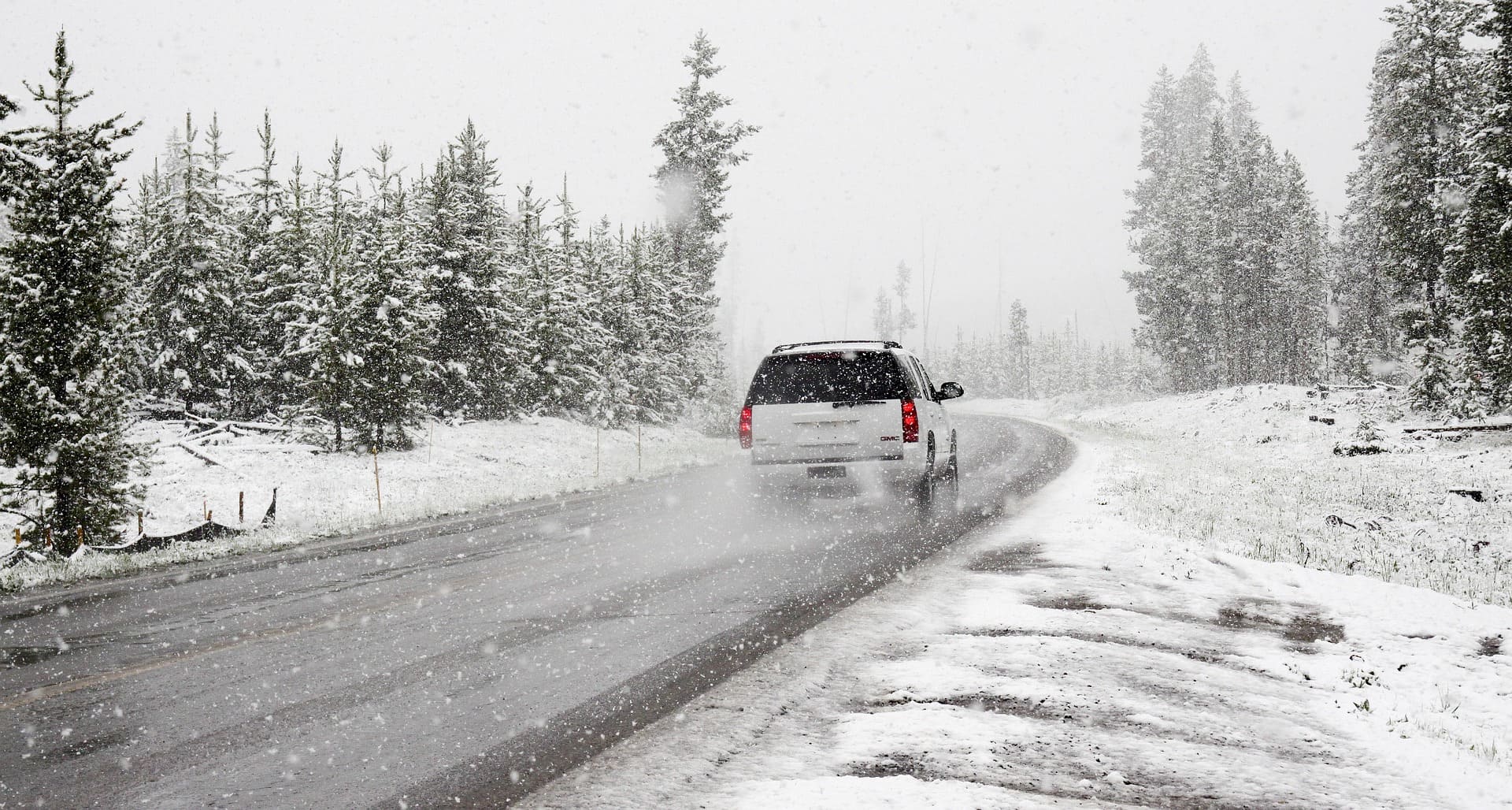

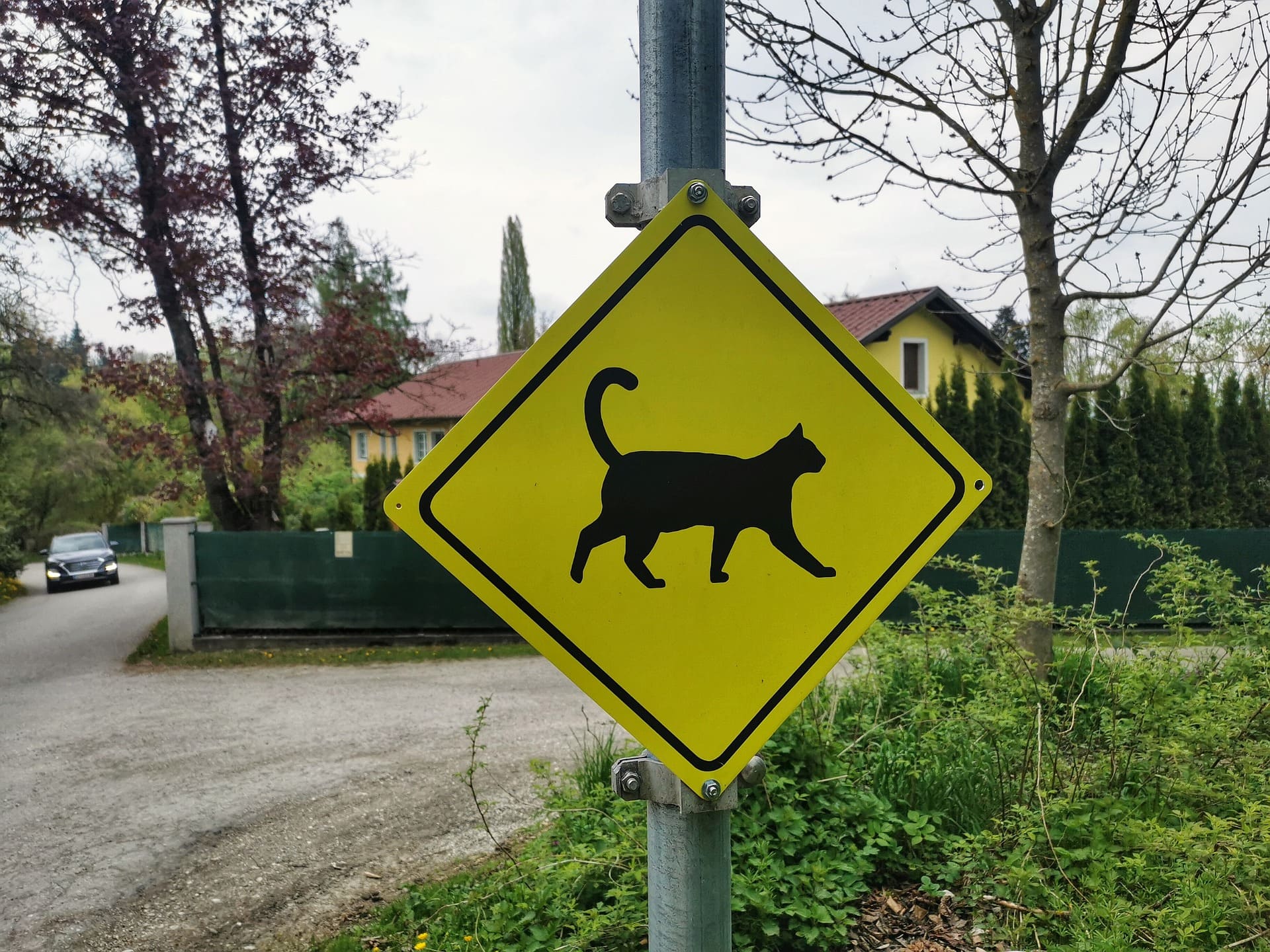


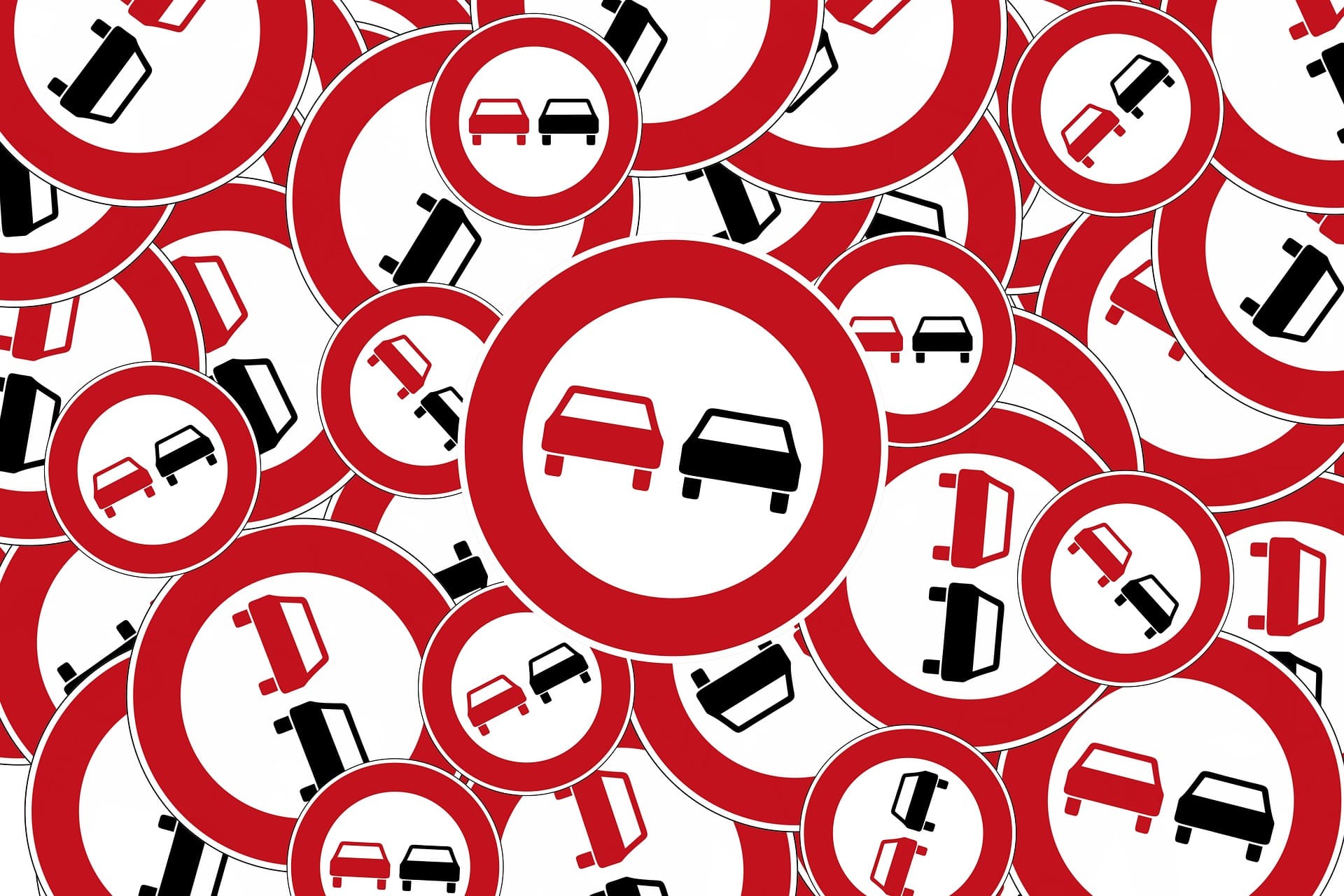
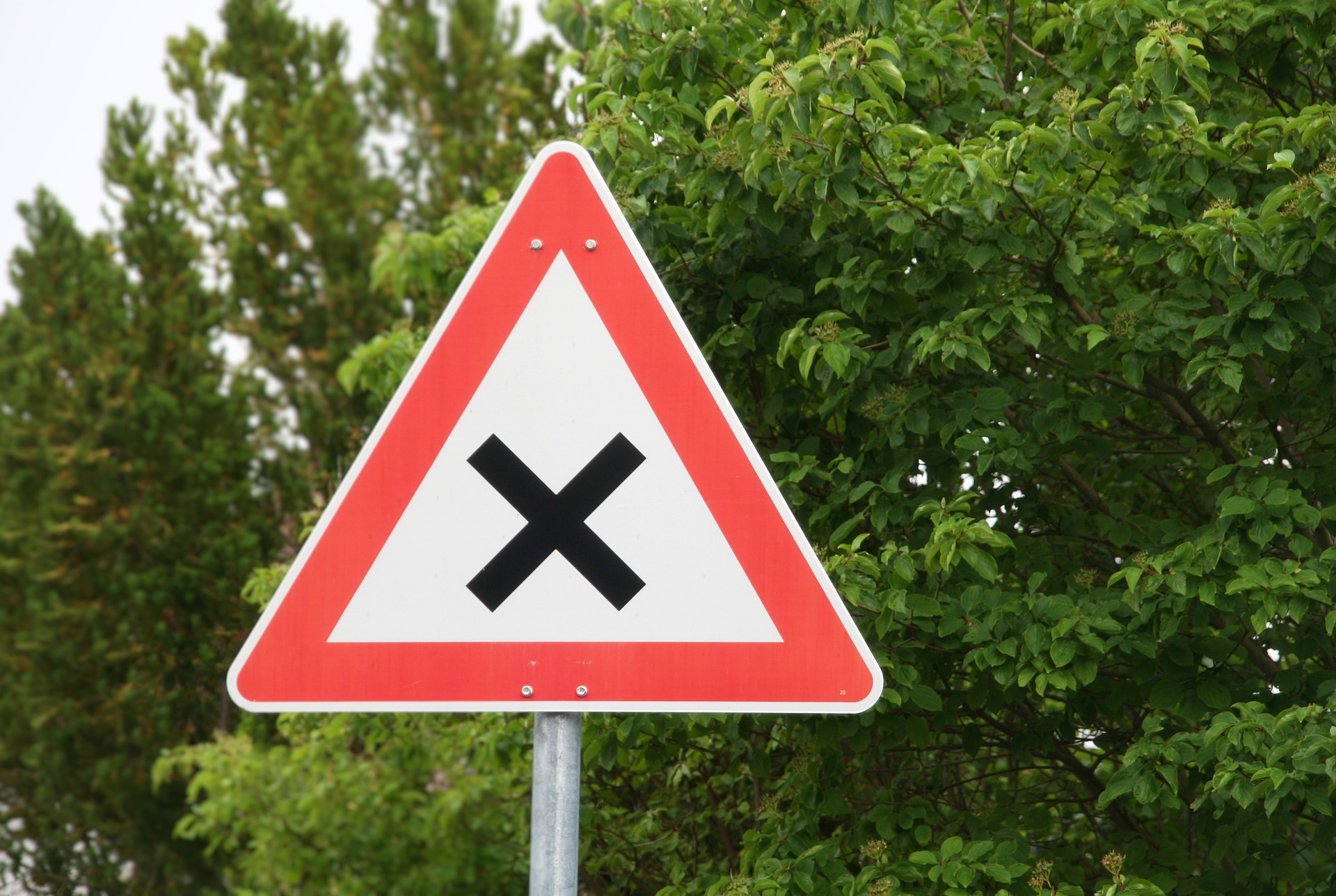


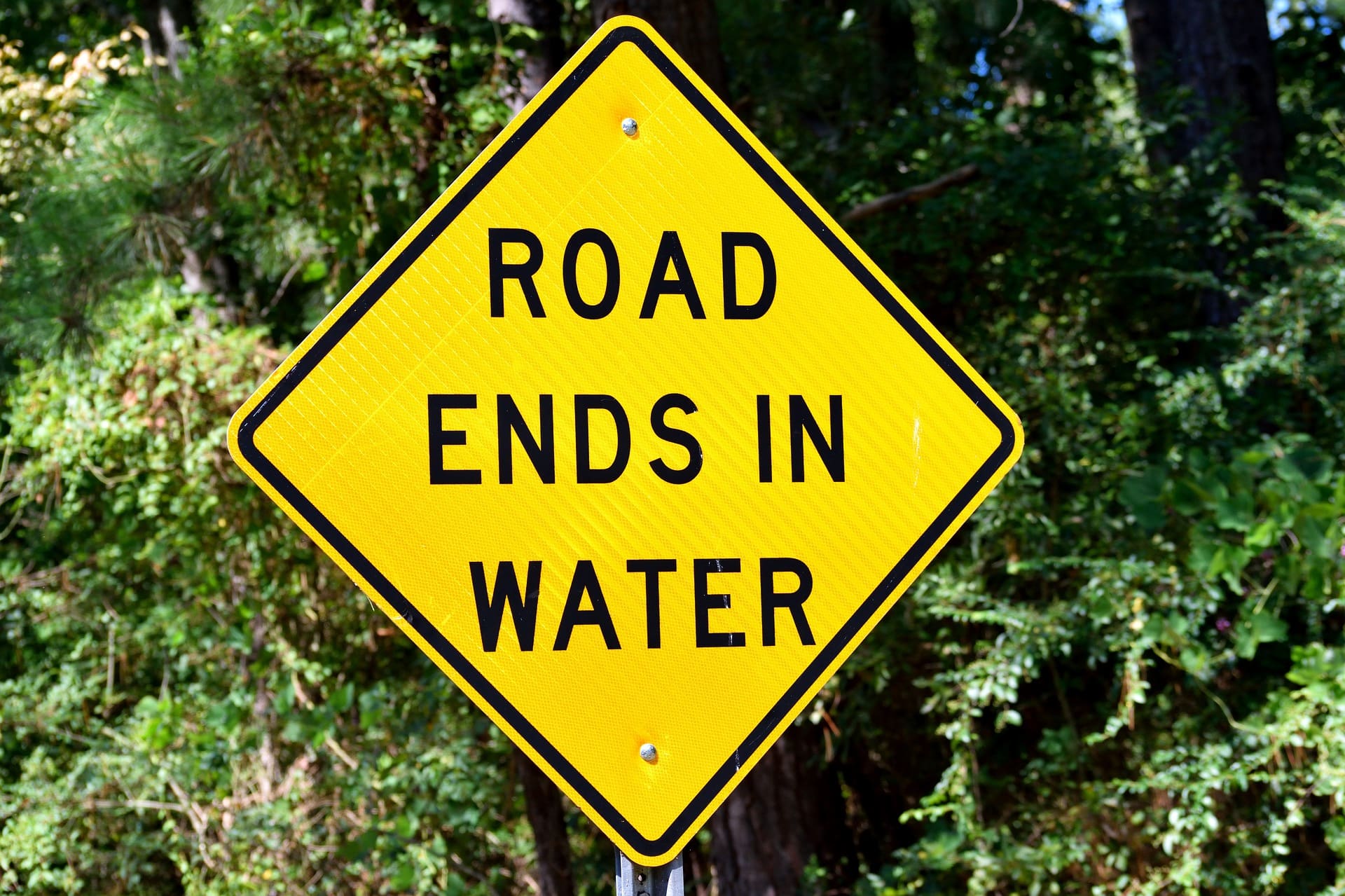


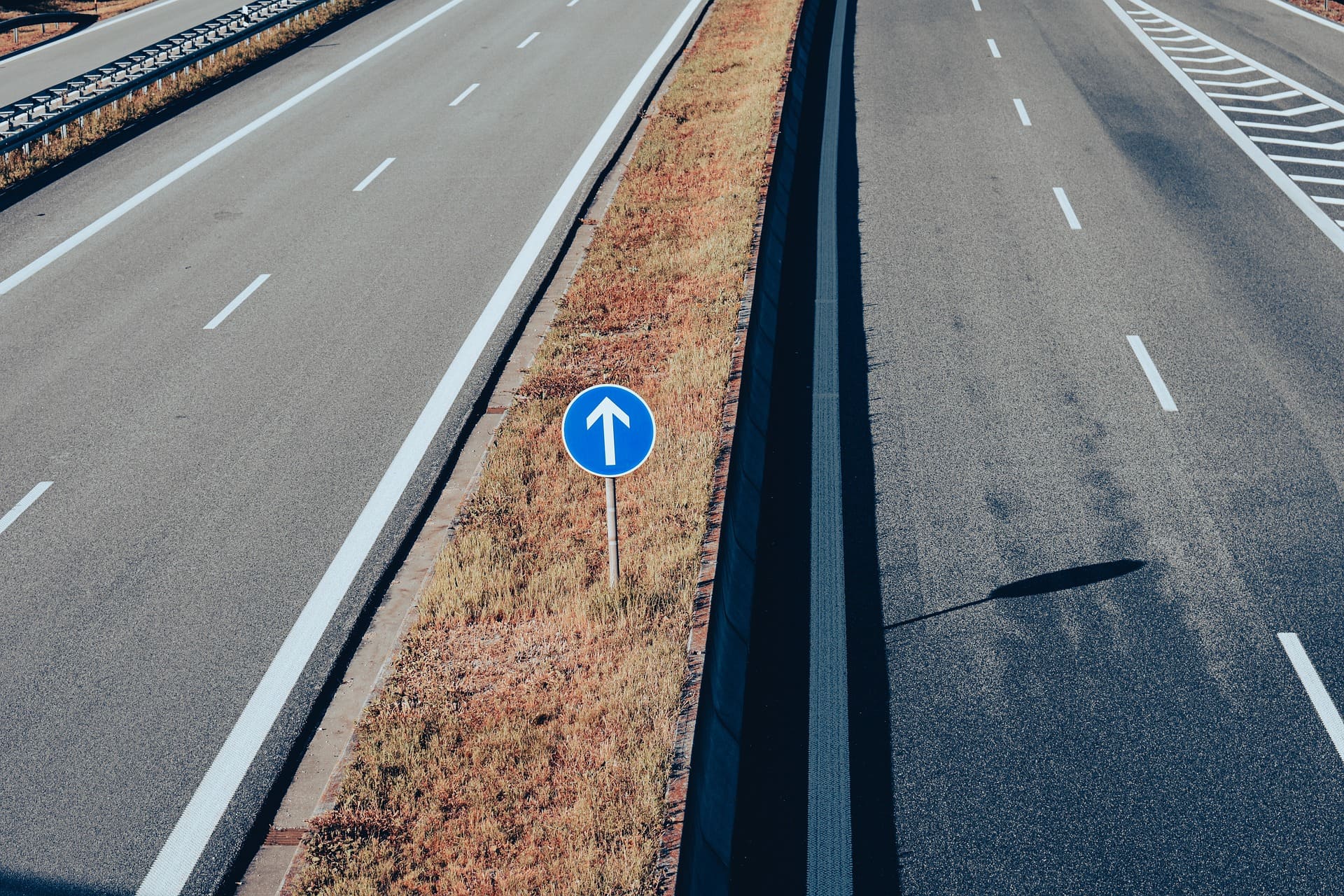

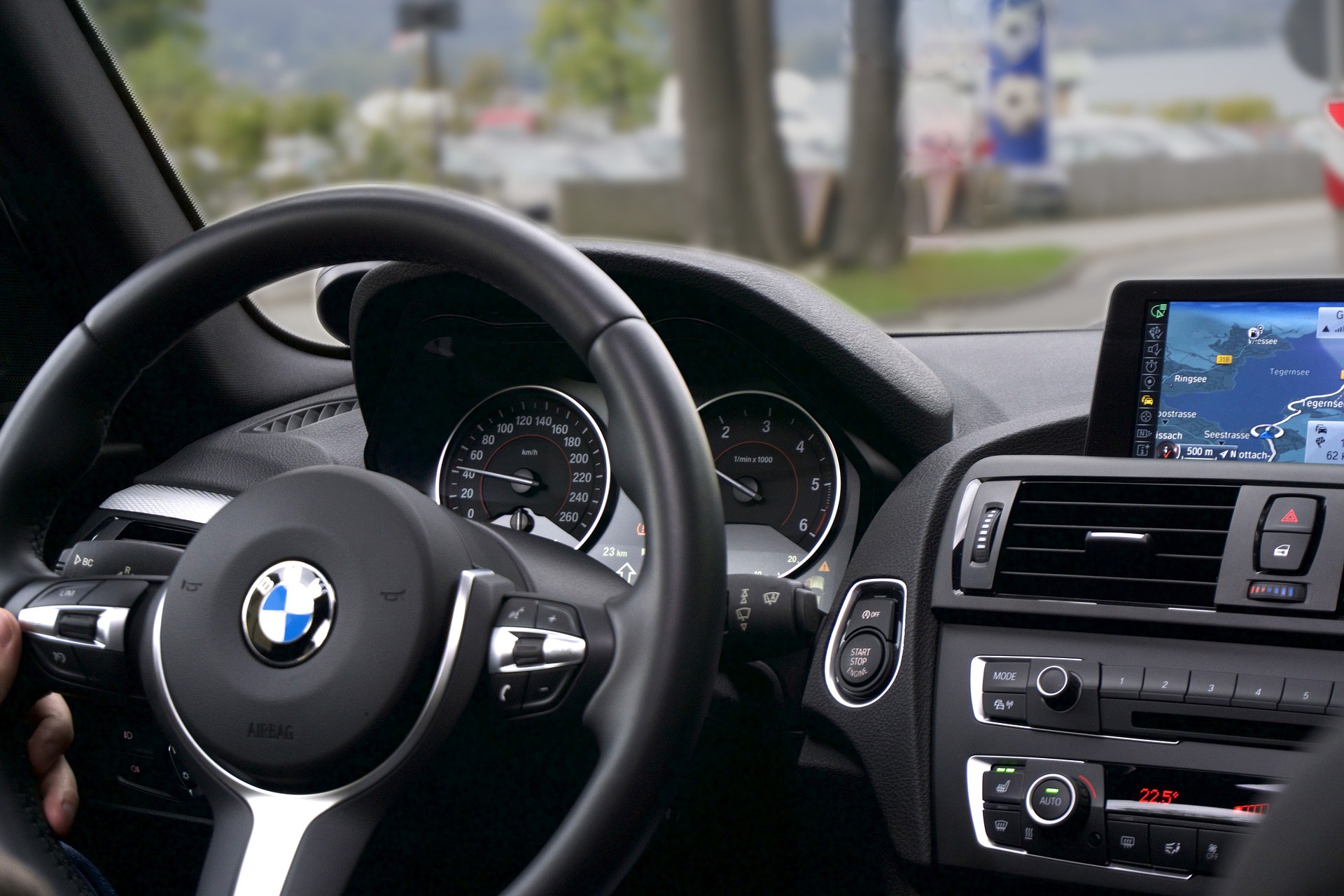








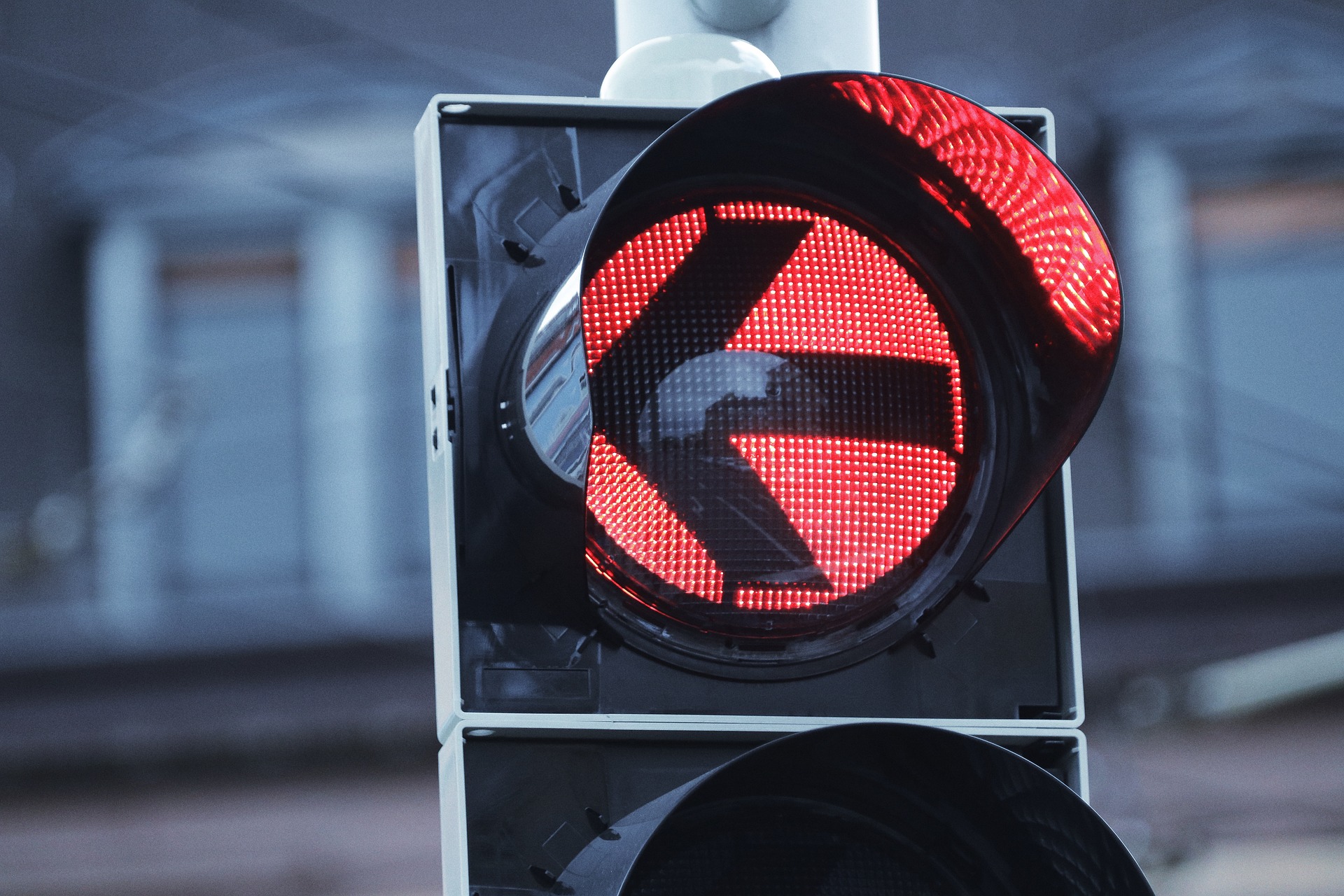















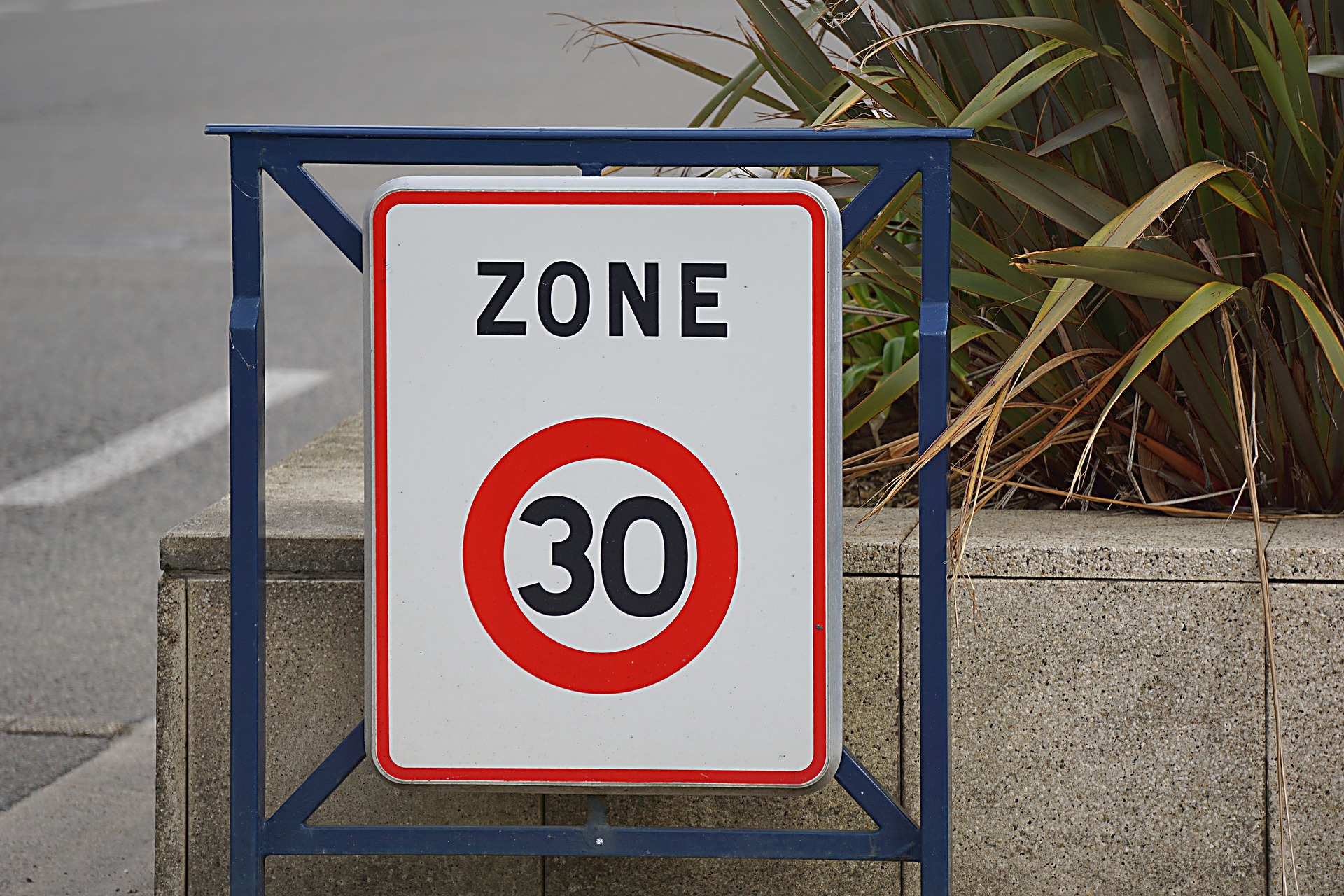
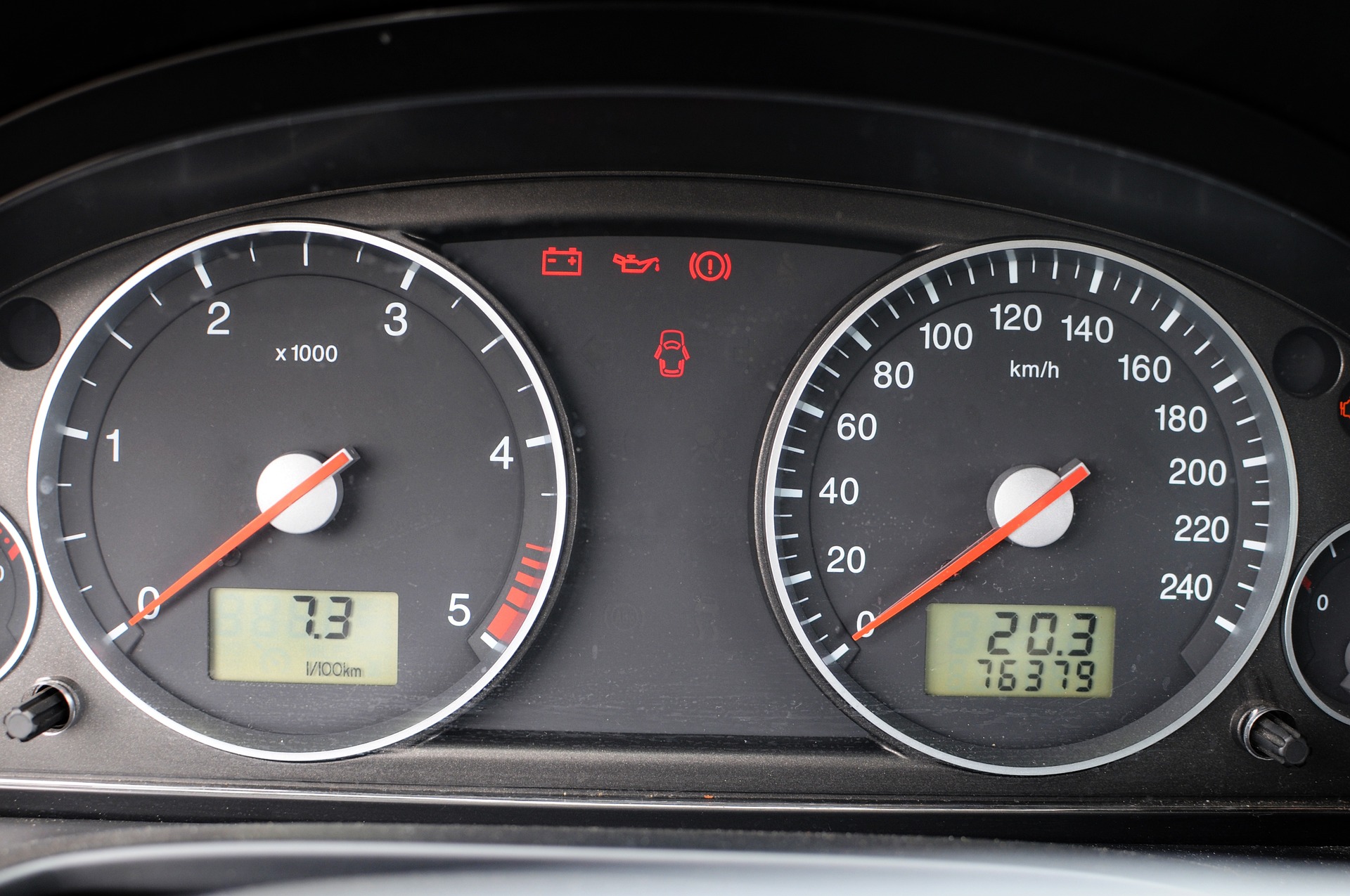



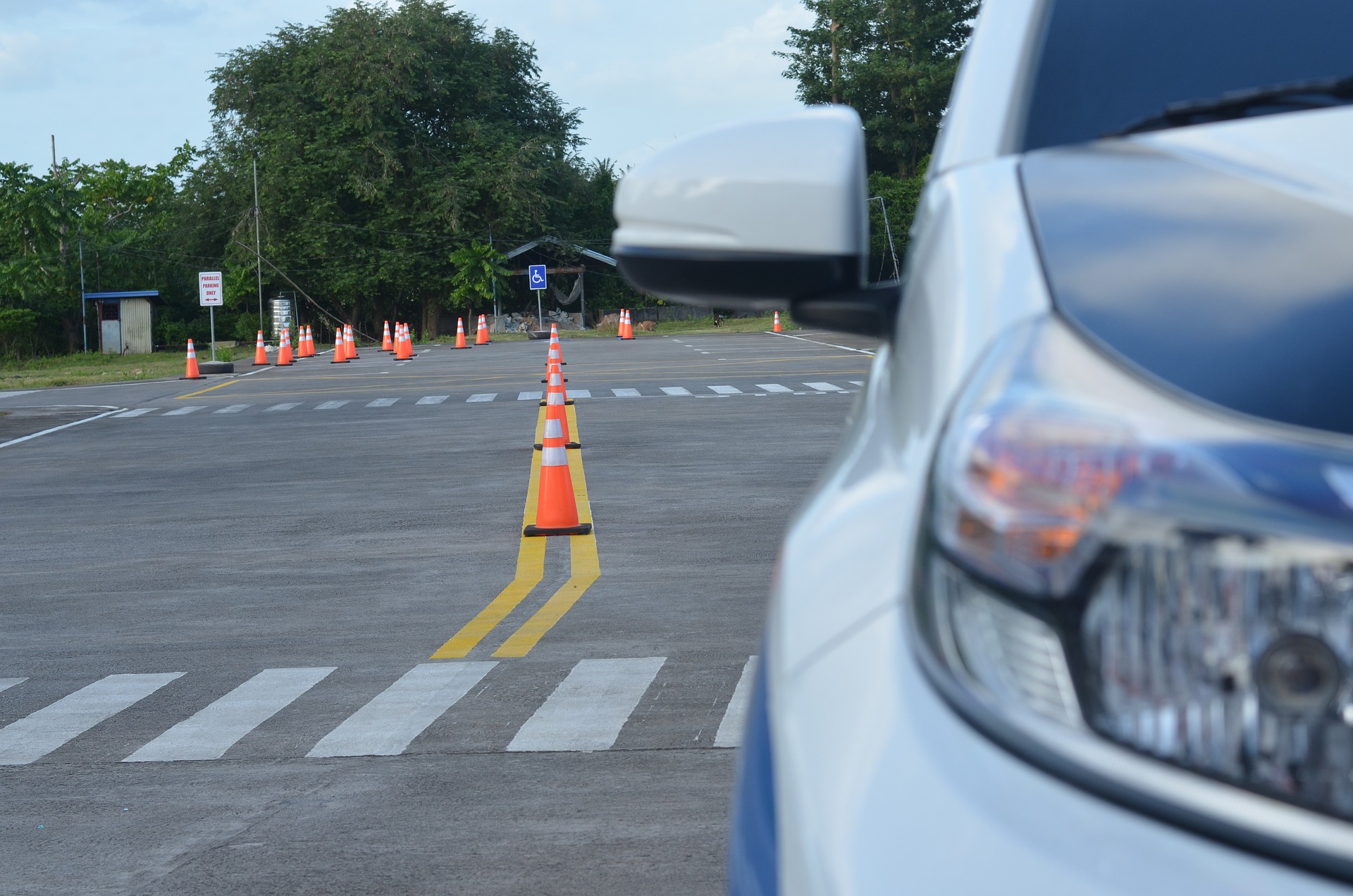






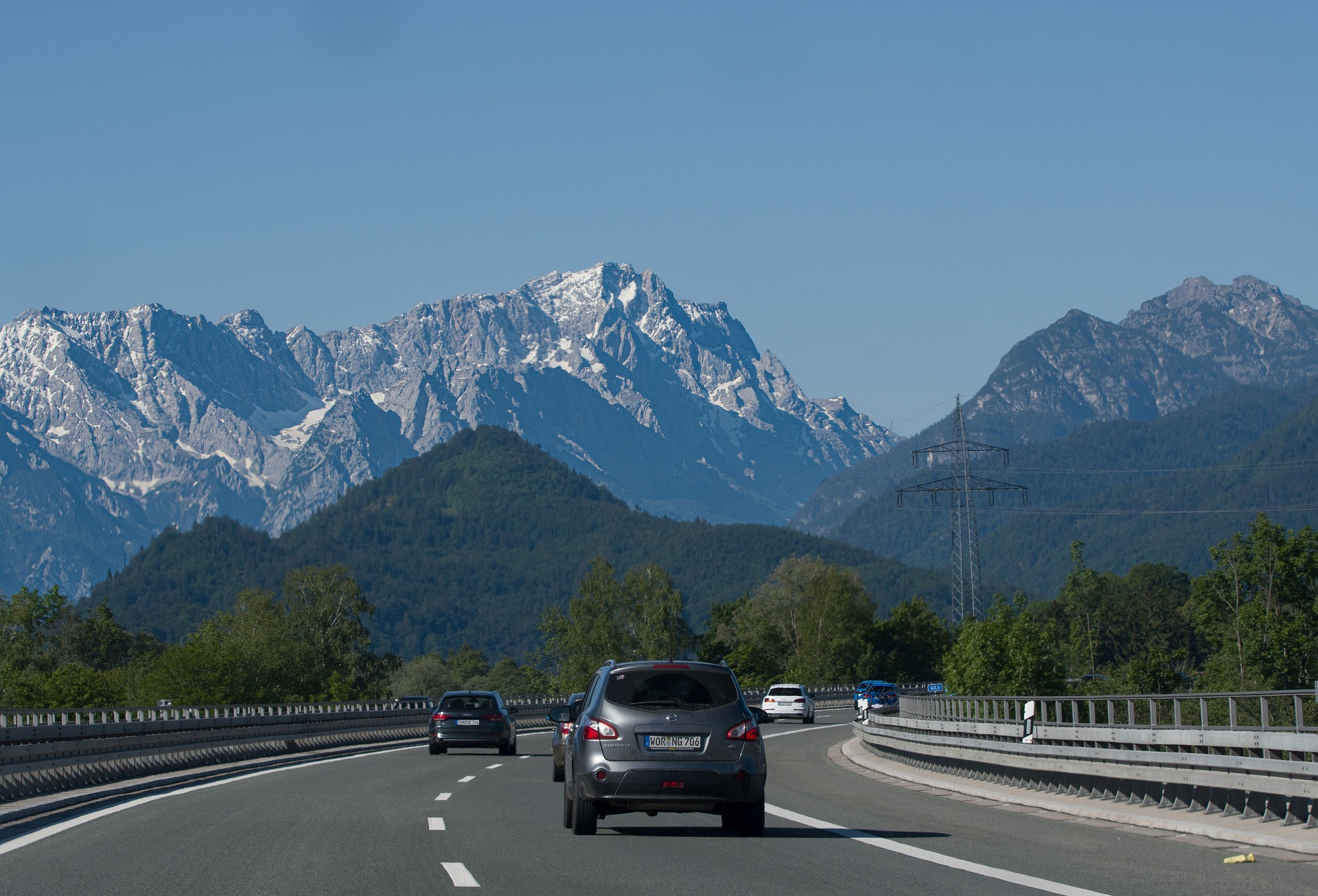

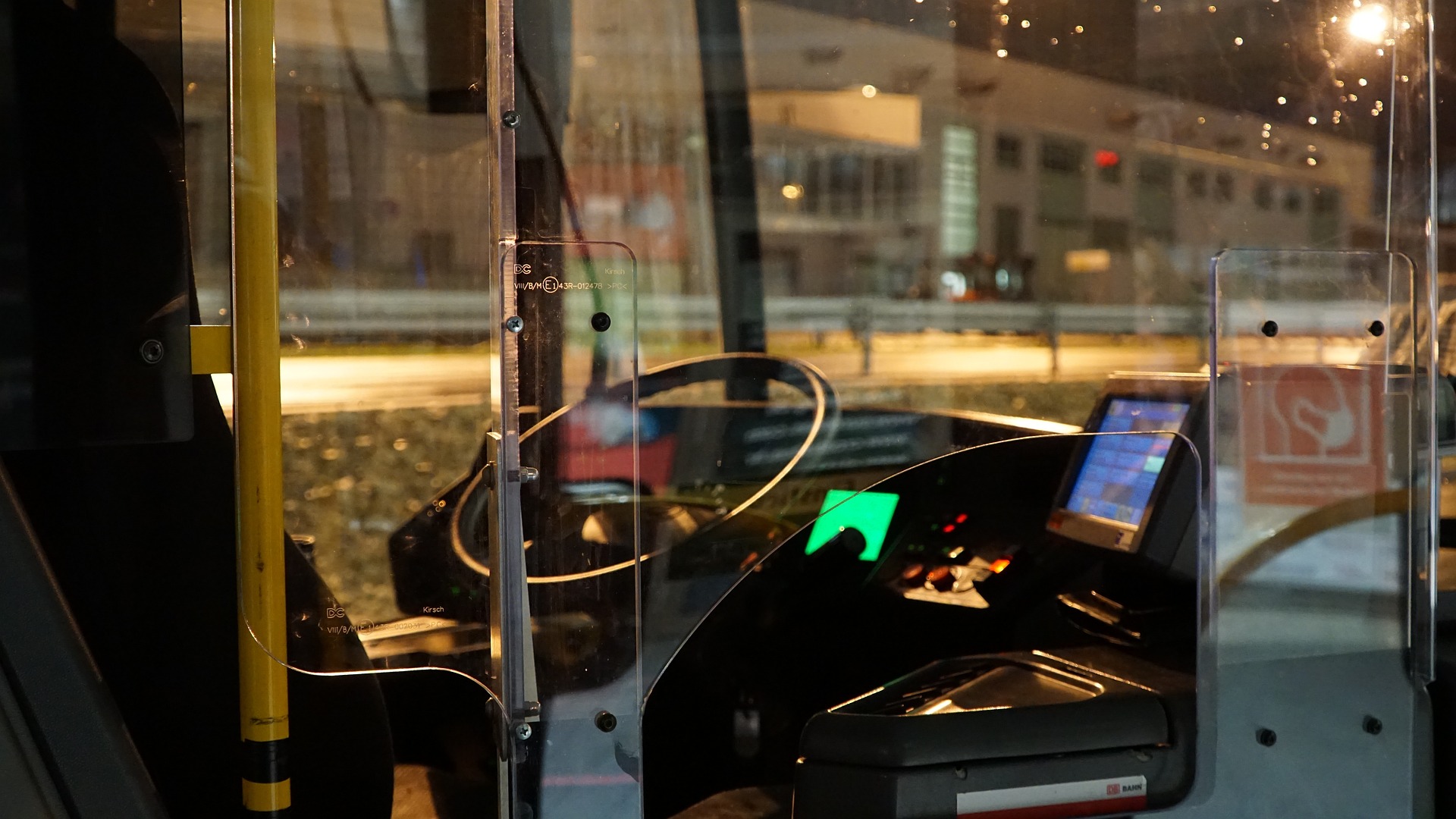


Comments